Desktop Skee-Ball
by Timothee Gillier in Workshop > 3D Printing
6804 Views, 78 Favorites, 0 Comments
Desktop Skee-Ball
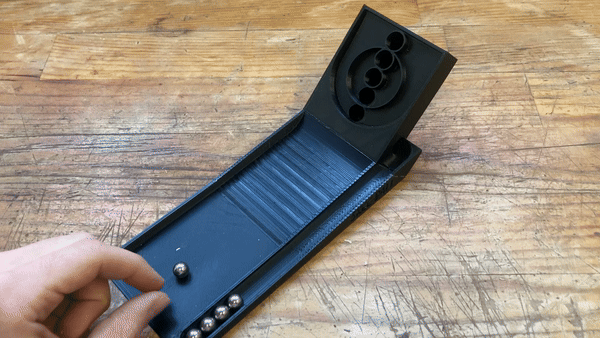
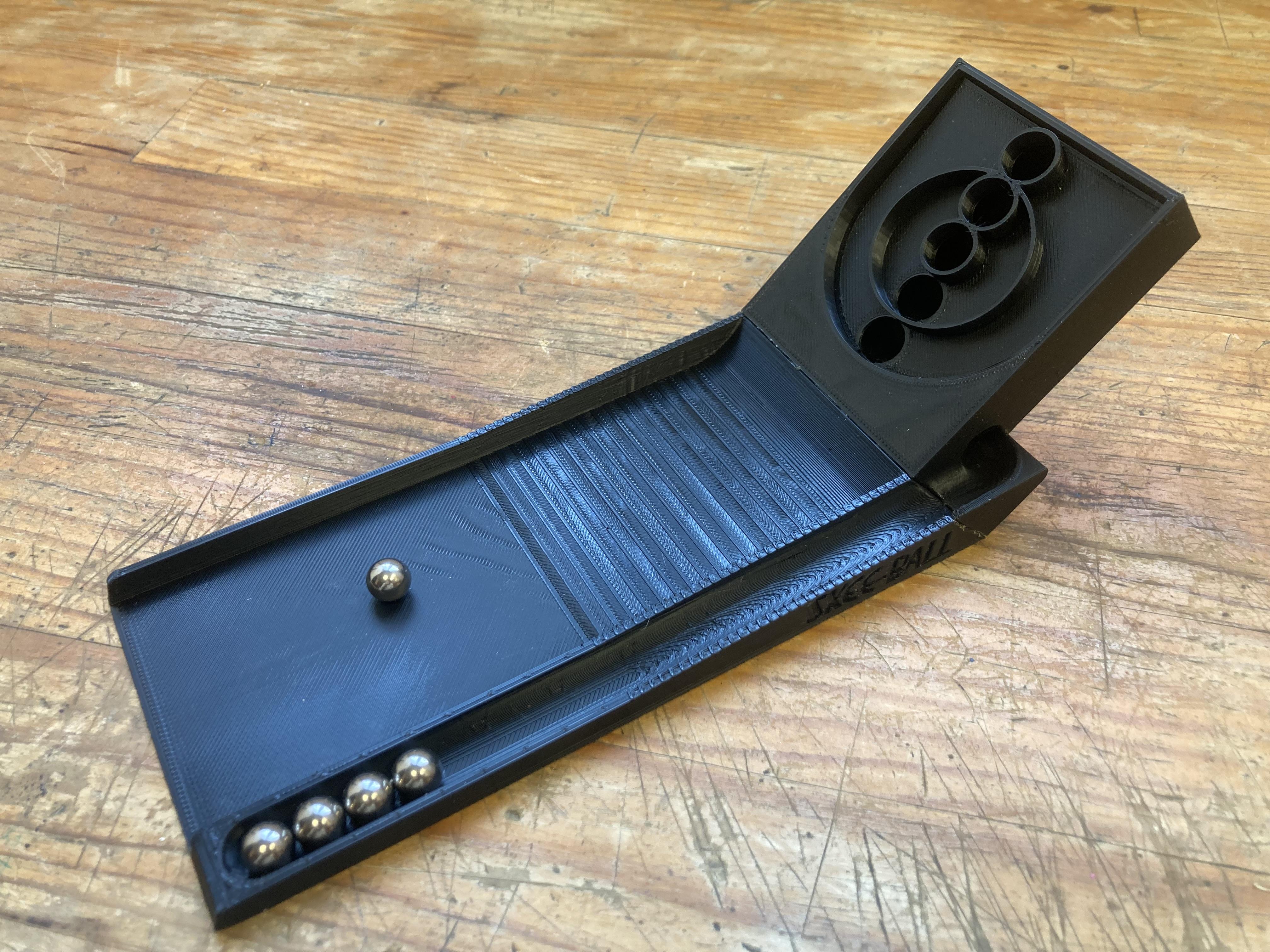
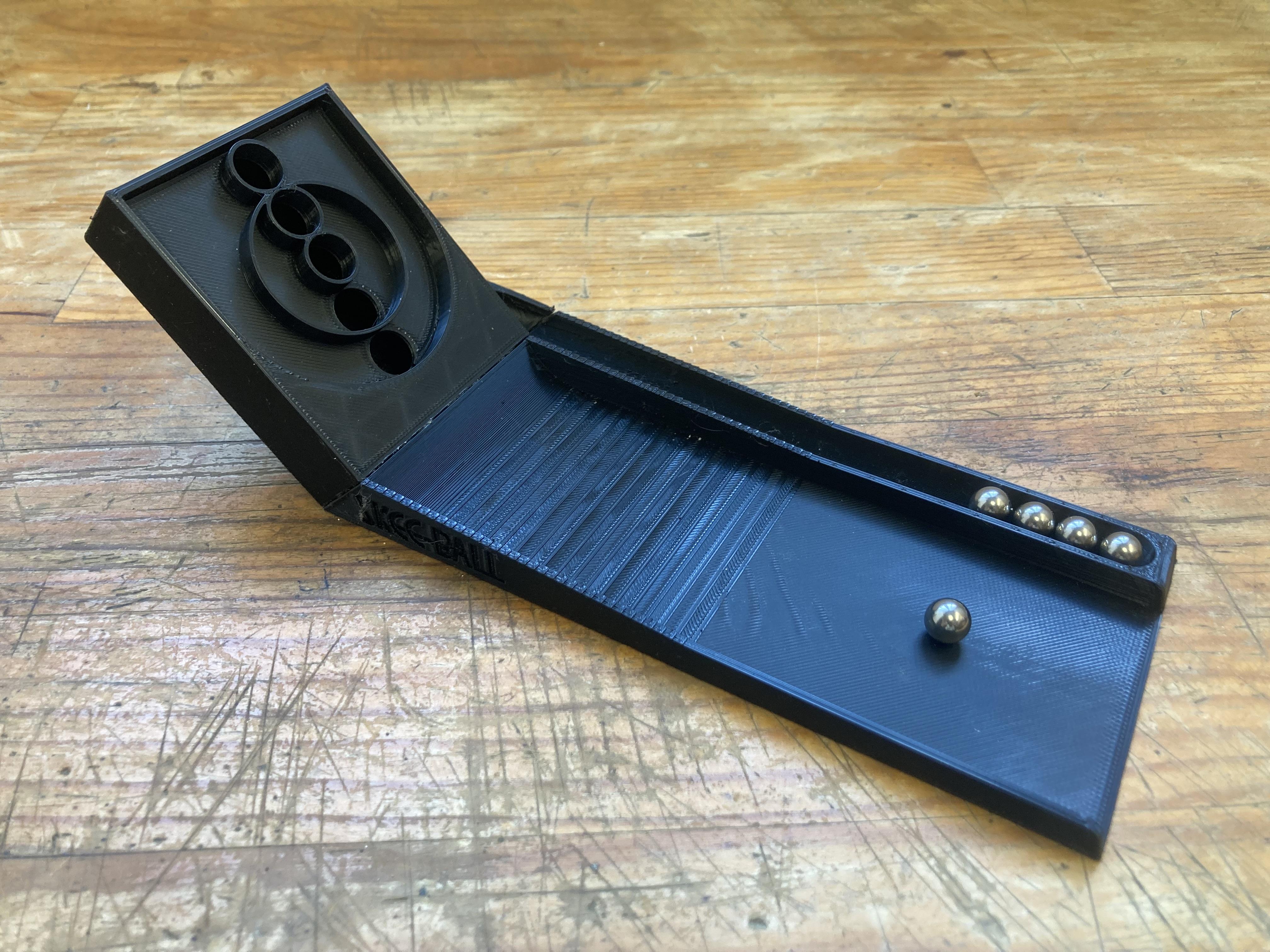
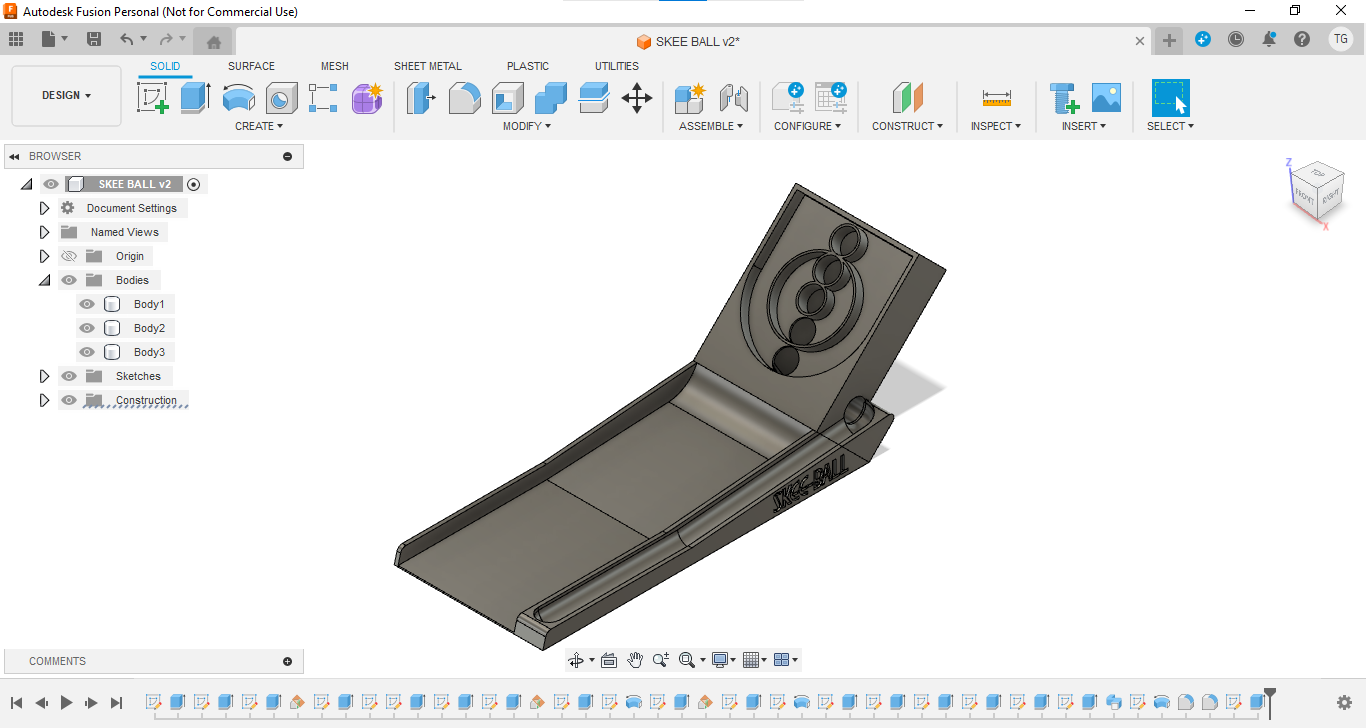
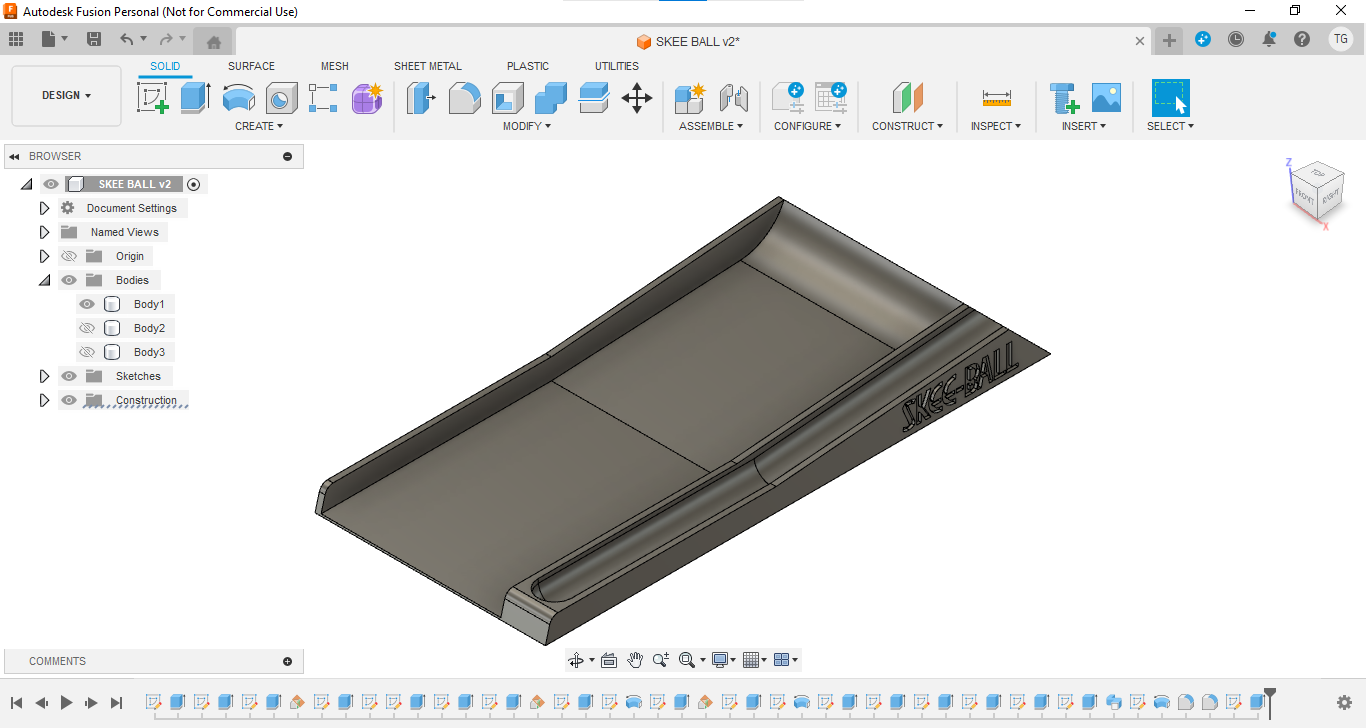
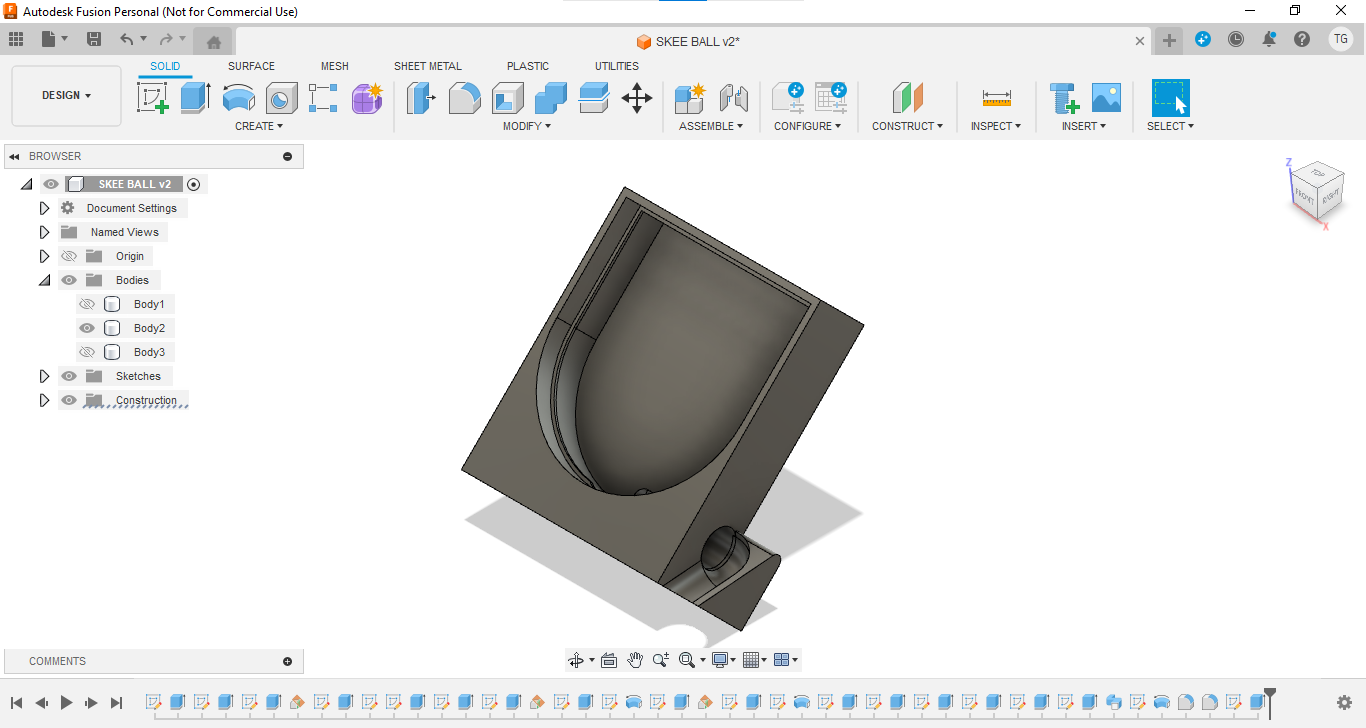
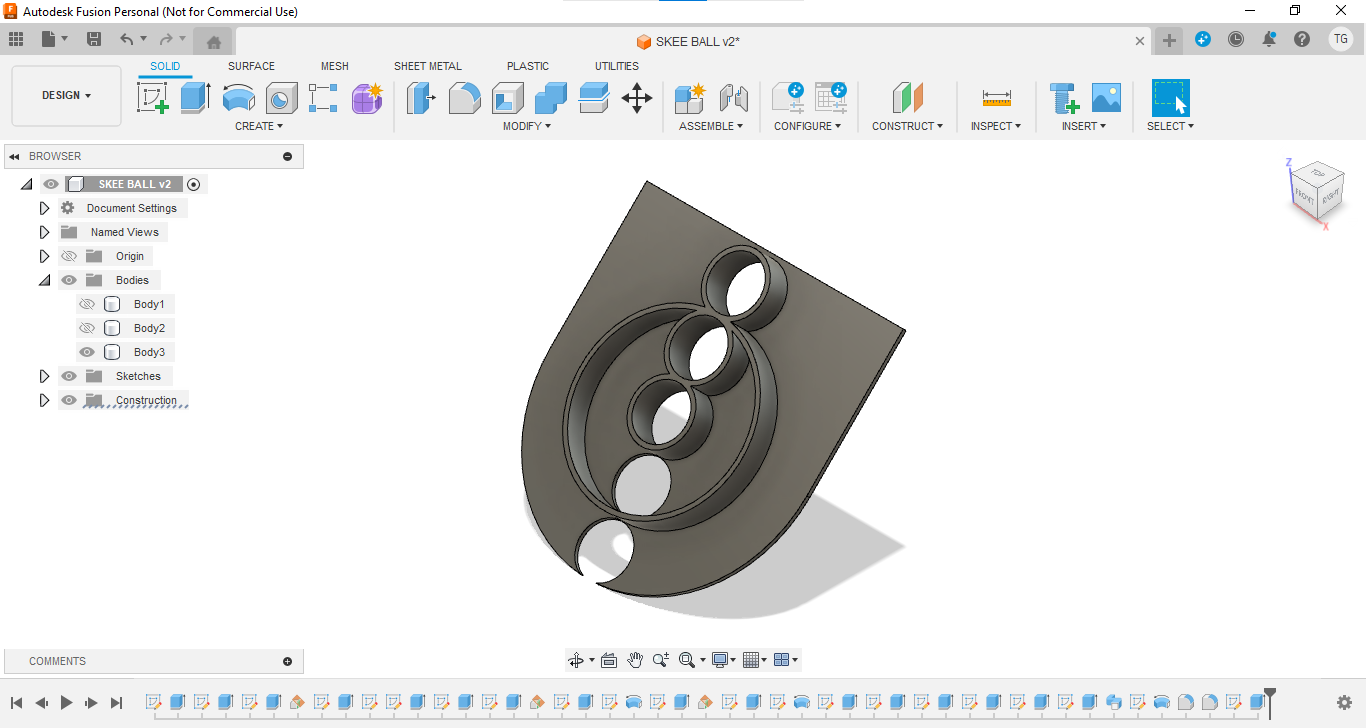
Welcome to the world of miniature arcade fun! In this Instructable, we'll be diving into the exciting realm of DIY entertainment by creating a compact yet entertaining 3D printed desktop skee-ball game, perfect for bringing the arcade experience to your fingertips. Measuring in at about the size of a calculator, this project packs big fun into a small package.
Throughout this guide, I'll walk you through the entire process, from the initial design phase using Fusion 360 to the final assembly of your very own mini skee-ball machine. Whether you're a seasoned maker or new to the world of 3D printing, this project offers an enjoyable and rewarding journey into the world of DIY amusement.
Supplies
- Computer with Fusion 360
- 3D printer
- Super glue
- Small metal ball
Designing
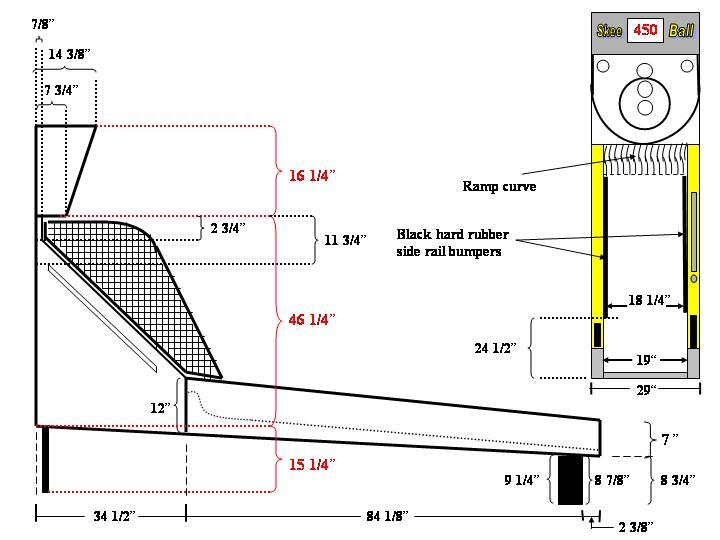
Designing a mini 3D printed Skee-Ball involves careful consideration of scale, functionality, and aesthetics. Using CAD software like Fusion 360, the process begins with conceptualizing the overall layout and dimensions to ensure playability and compactness. Components are crafted meticulously to fit seamlessly while maintaining structural integrity. Iterative design allows for adjustments to optimize gameplay and user experience. The emphasis is on creating a balance between form and function, resulting in a visually appealing and engaging miniature Skee-Ball that captures the essence of the full-sized version.
To create the most accurate Skee-Ball, I listed the essential elements :
- Ball Ramp: This is the inclined lane where players roll the skee balls. It usually has a smooth surface to allow the balls to roll freely.
- Target Holes: These are the circular openings at the end of the ball ramp. Each target hole has a different point value associated with it, typically ranging from 10 to 100 points.
- Scoring Mechanism: A mechanism is needed to detect when a ball enters a target hole and to keep track of the player's score. This can be achieved using sensors, switches, or other electronic components.
- Ball Return: After rolling a skee ball, players expect it to return to them for another turn. A ball return system ensures that the balls are efficiently collected and ready for the next player.
- Game Cabinet: The structure that houses the ball ramp, target holes, scoring mechanism, and ball return system. It provides stability and support for the game components.
Since this is a mini replica, I decided not to include the scoring mechanism so that it would be easy and cheap to build !
Fusion 360
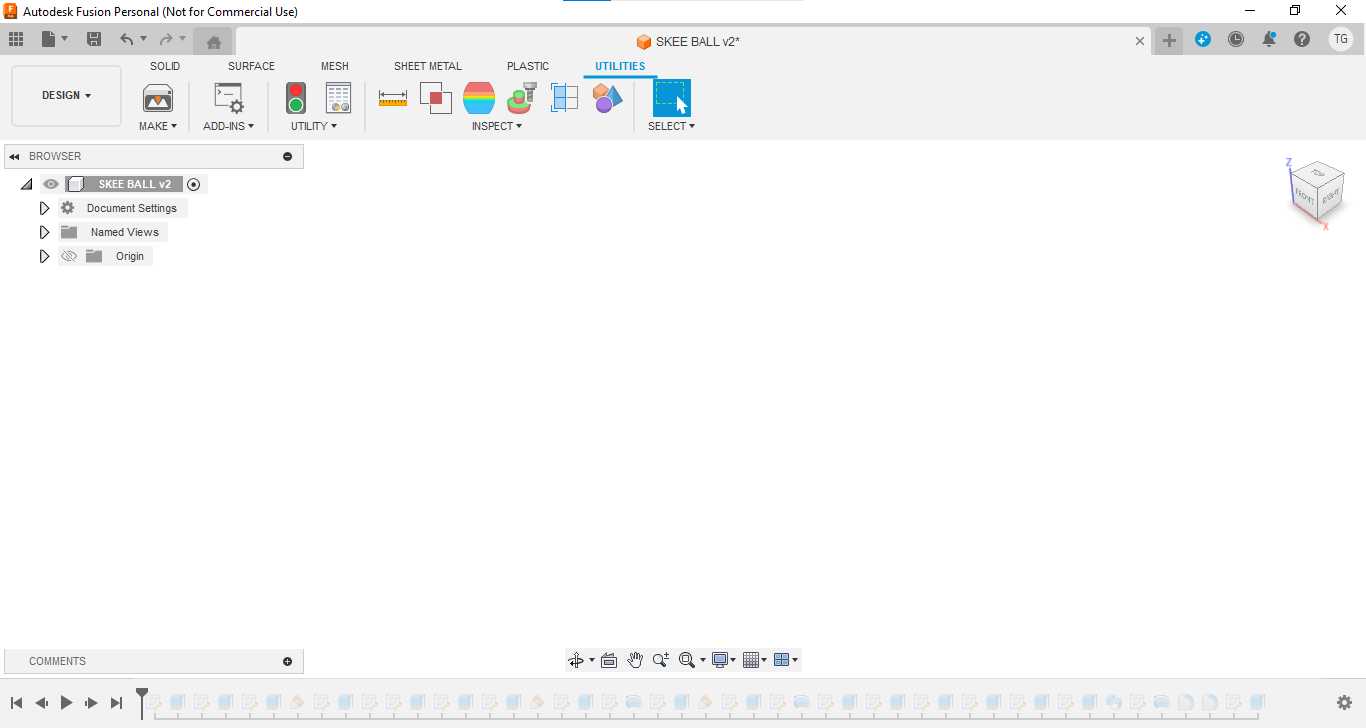
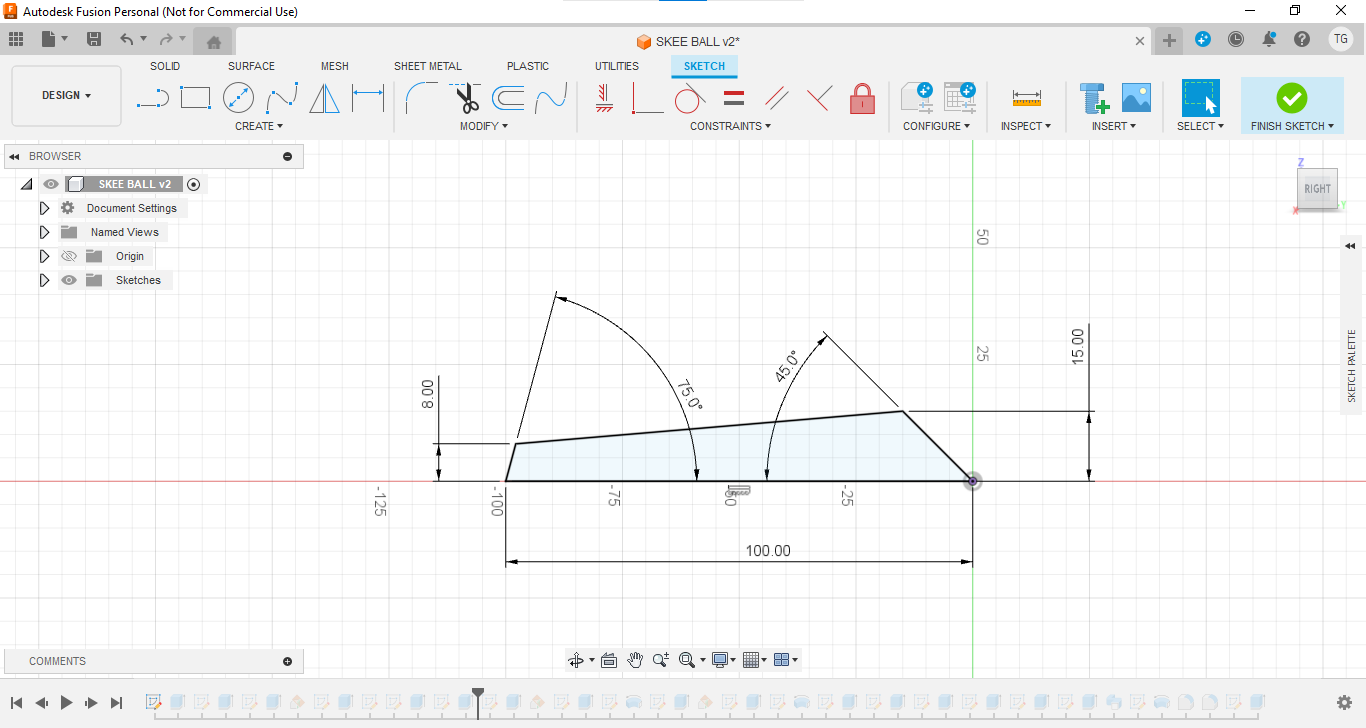
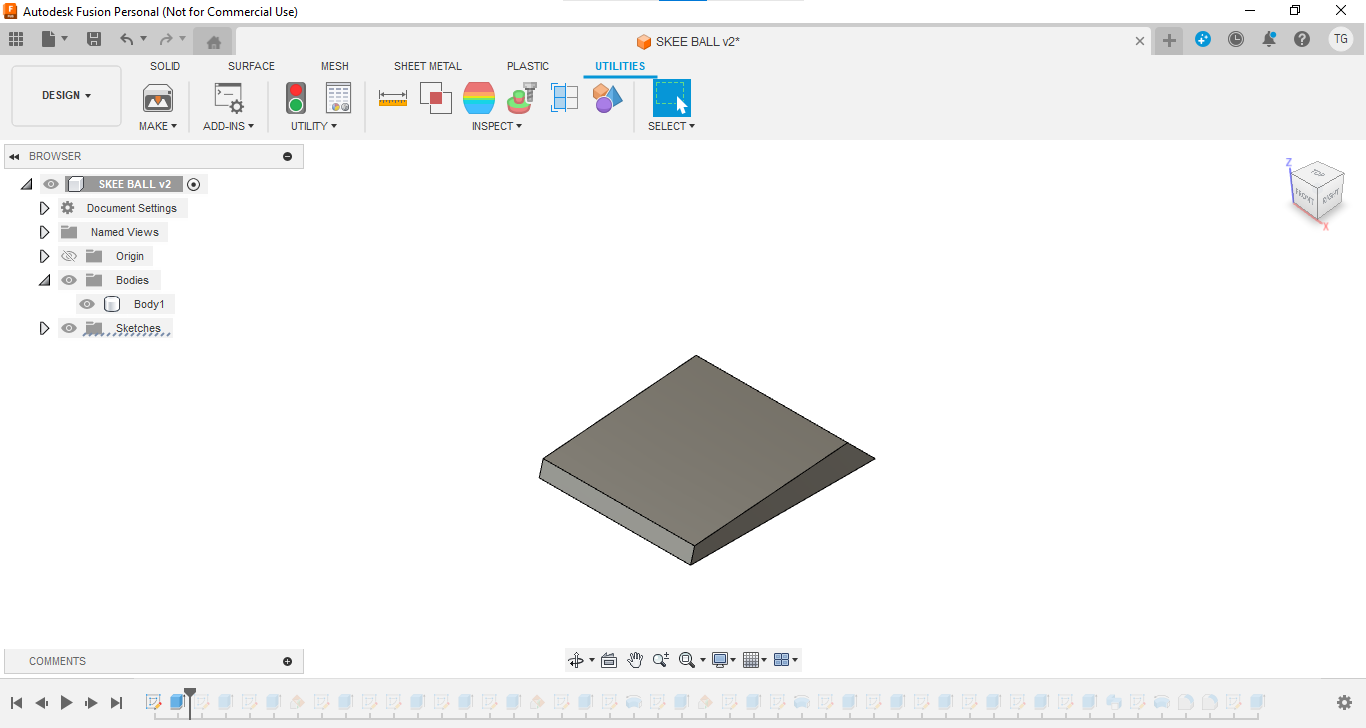
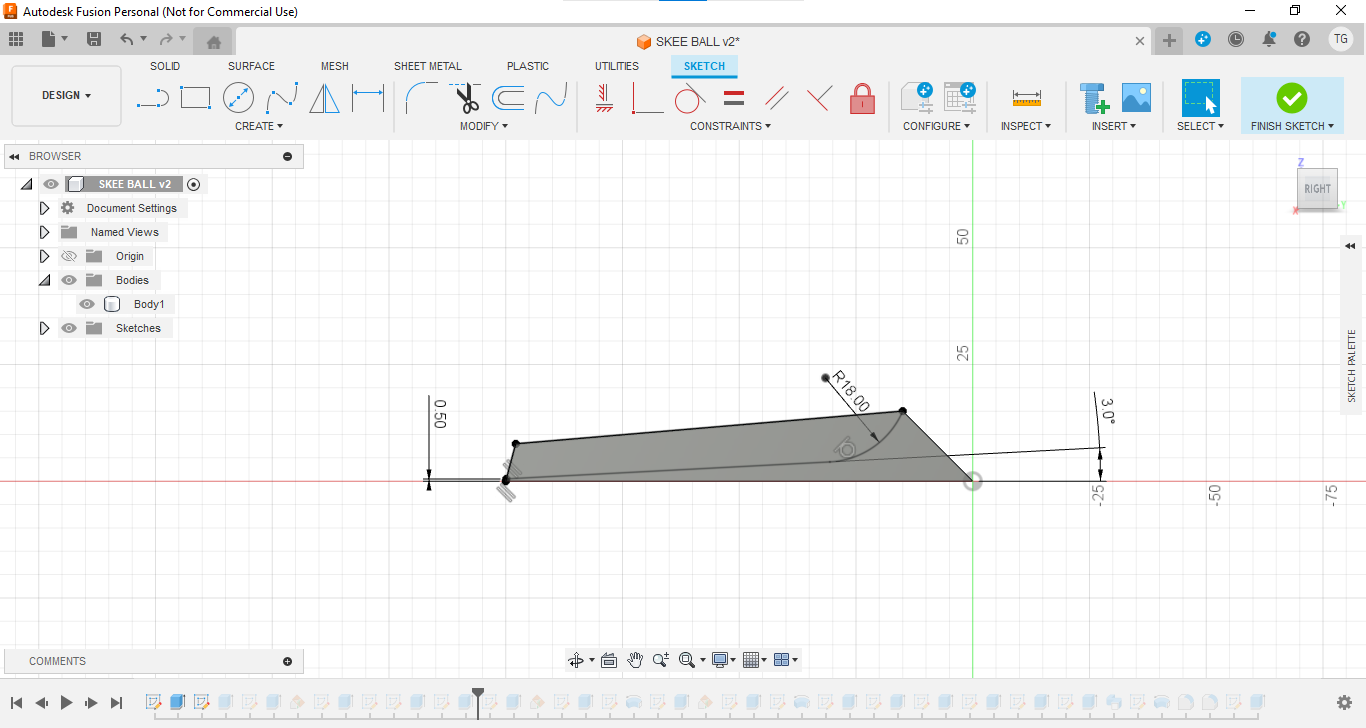
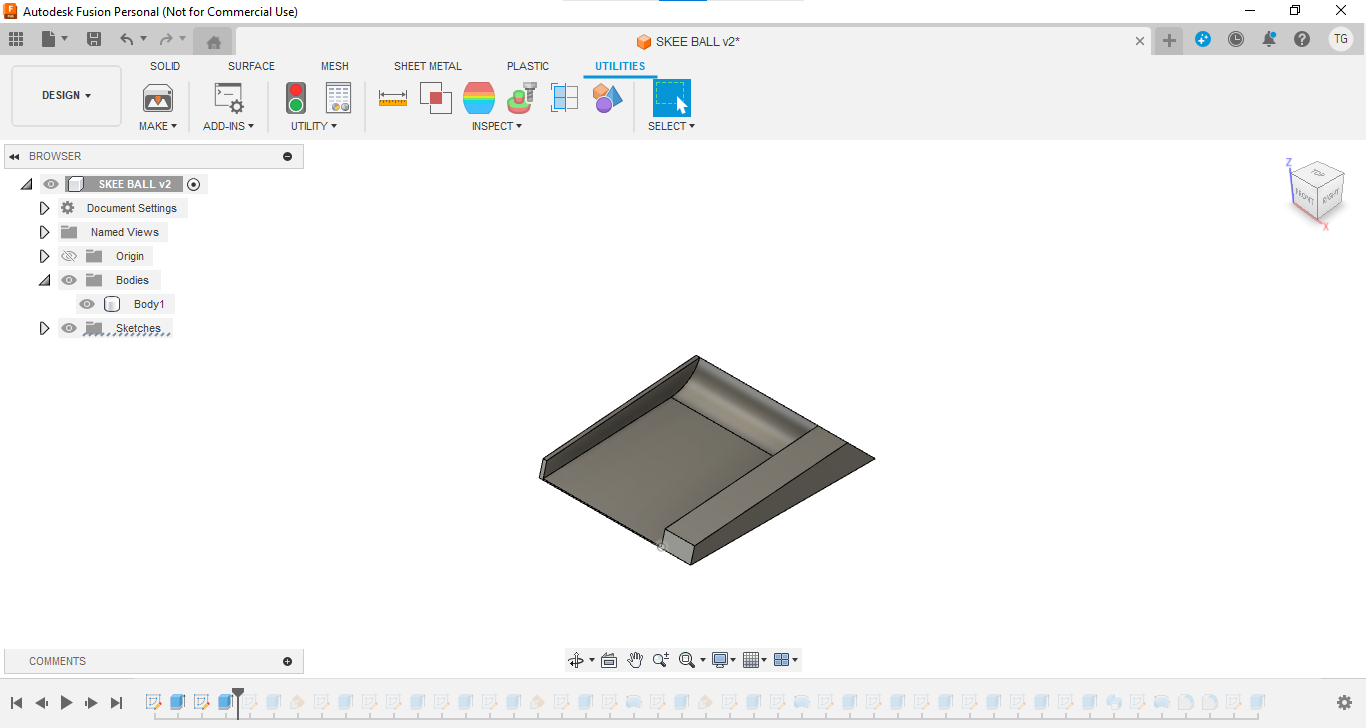
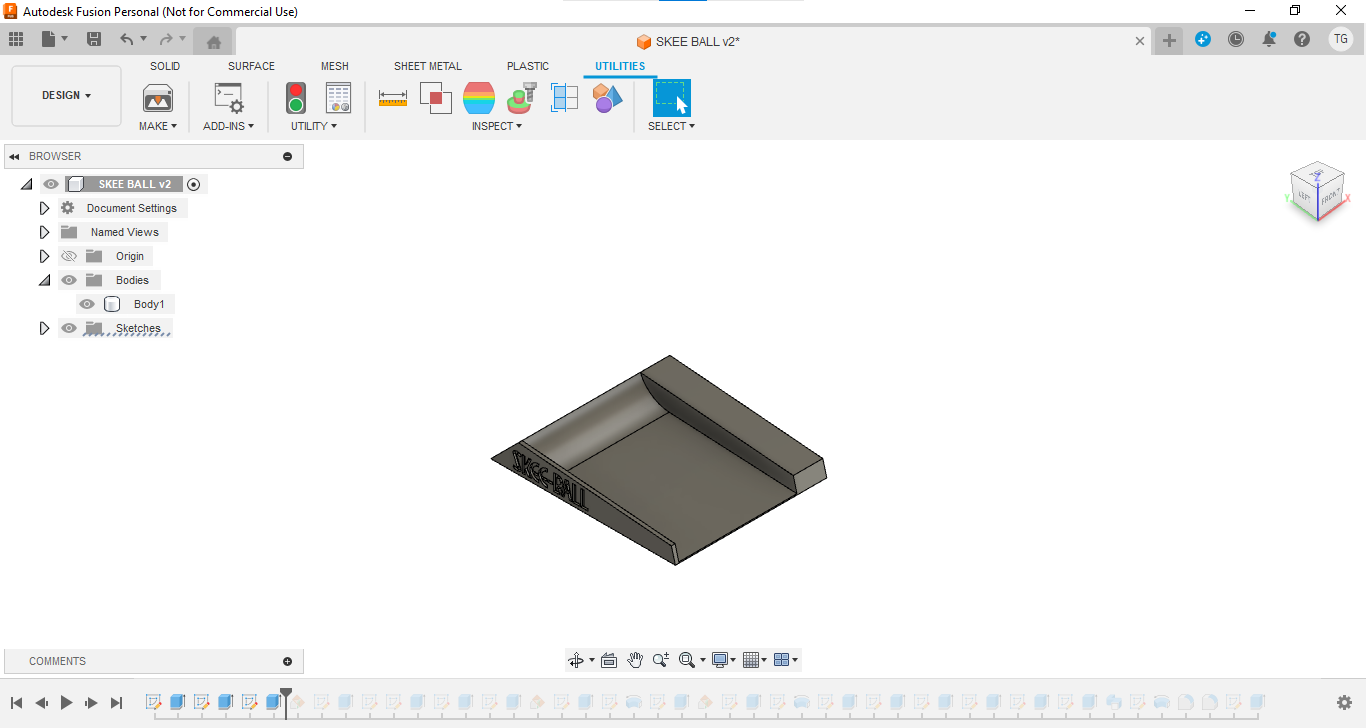
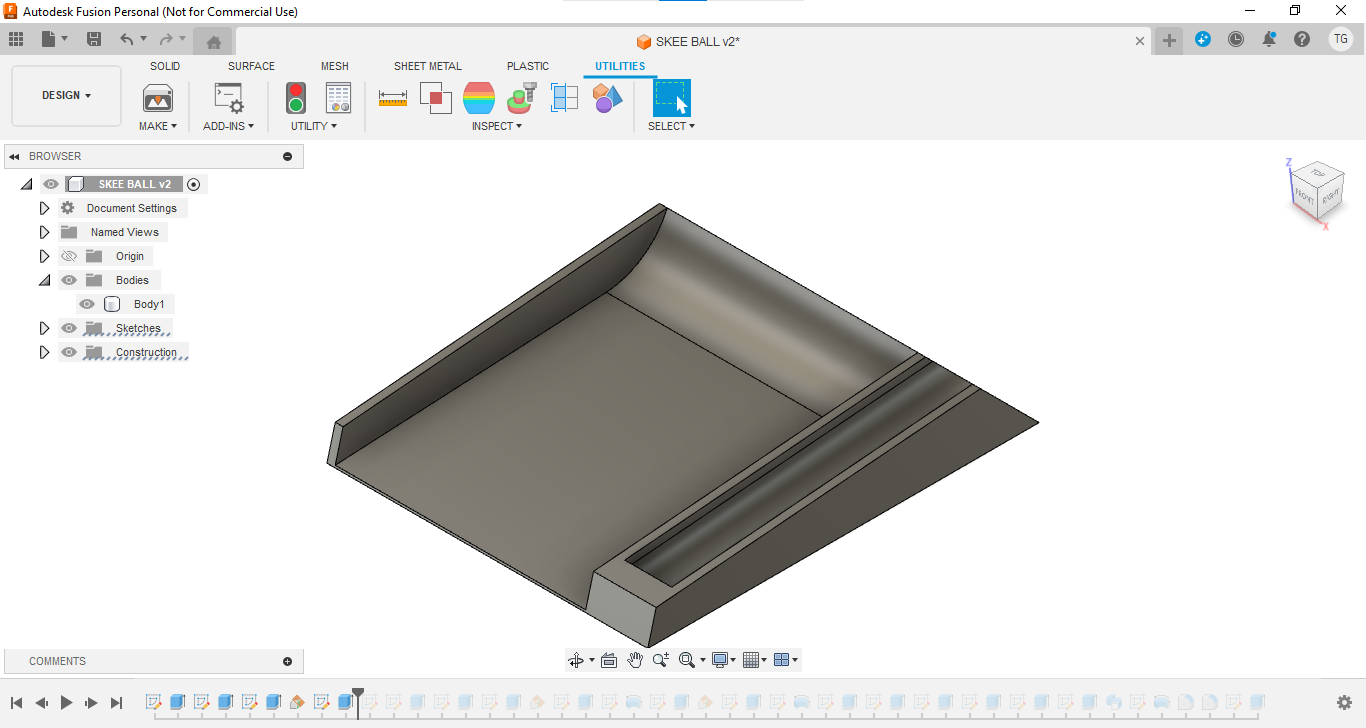
The first step in this project is to open Fusion 360 and create a new part. If you don't know how to use Fusion 360, you can visit the following link to learn Fusion 360 in 90 minutes:
https://www.autodesk.com/learn/ondemand/course/learn-fusion-360-in-90-minutes
The first thing to do is to create a sketch on one of the vertical planes. The dimensions of my sketch are in the images above, but you are free to use your own to make your own personalized Skee-Ball.
Once the sketch is completed, extrude it and select one of the side faces to begin the next sketch. On the next sketch, draw the profile of the ramp and then cut it out. Don't forget to leave some space for the ball return.
Sketch the shape of the ball return and then cut it out.
Fusion 360
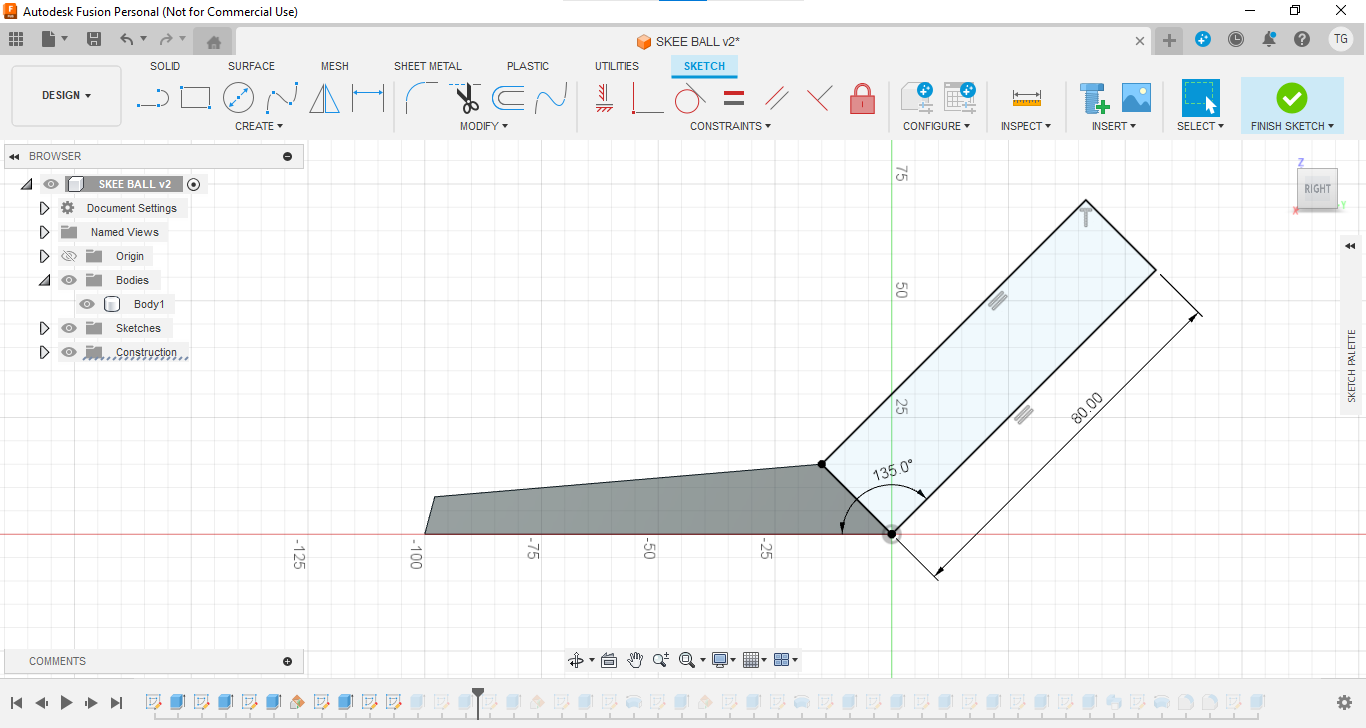
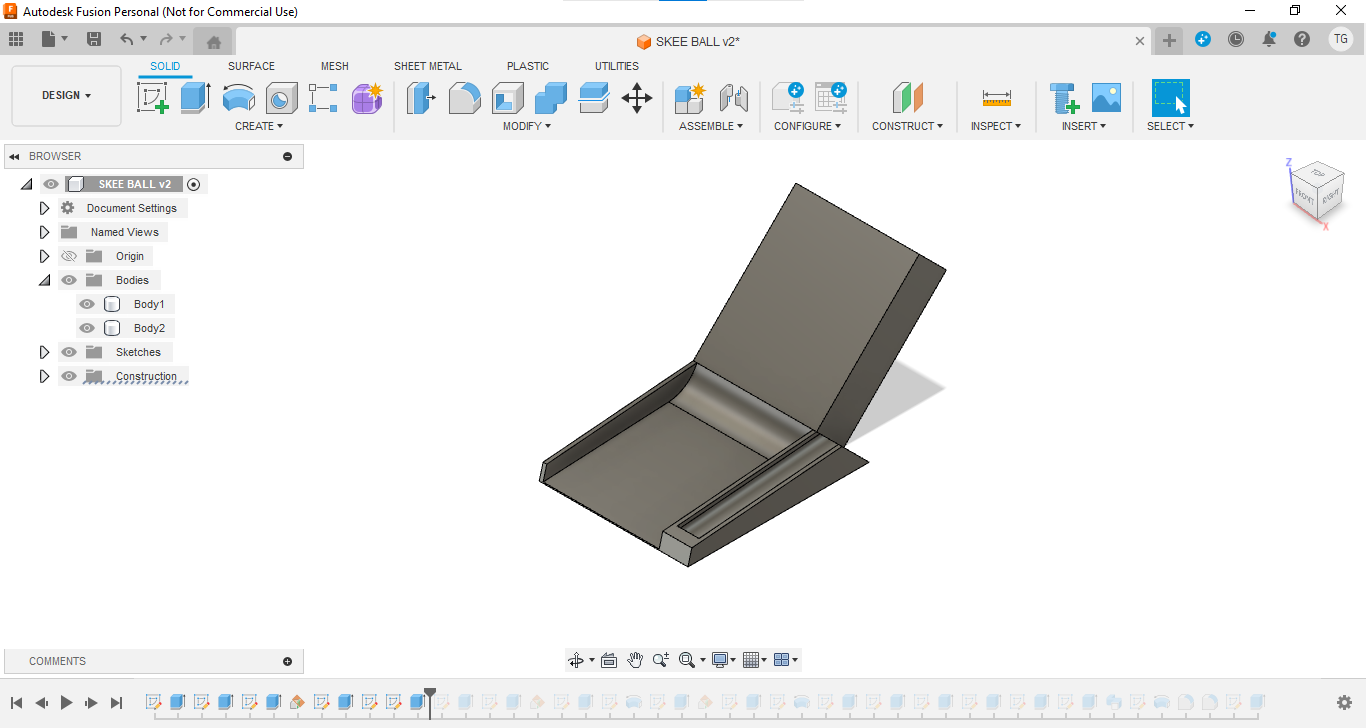
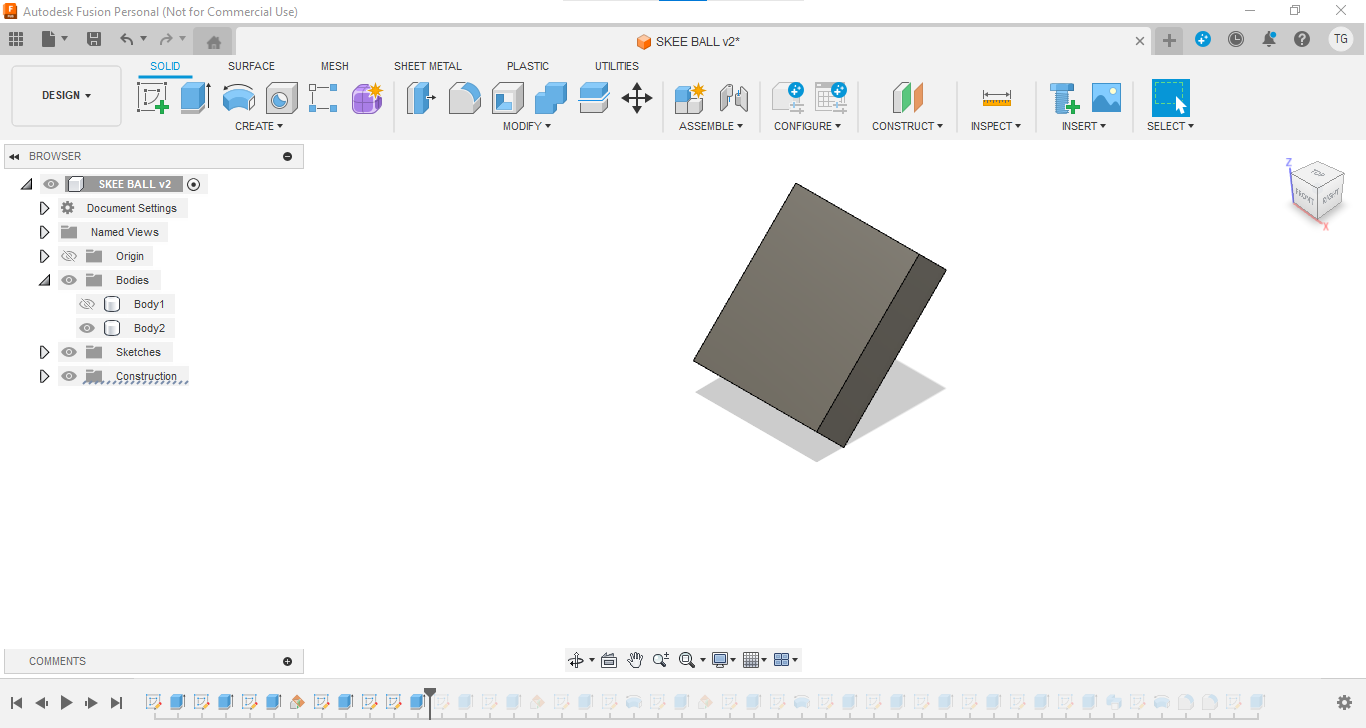
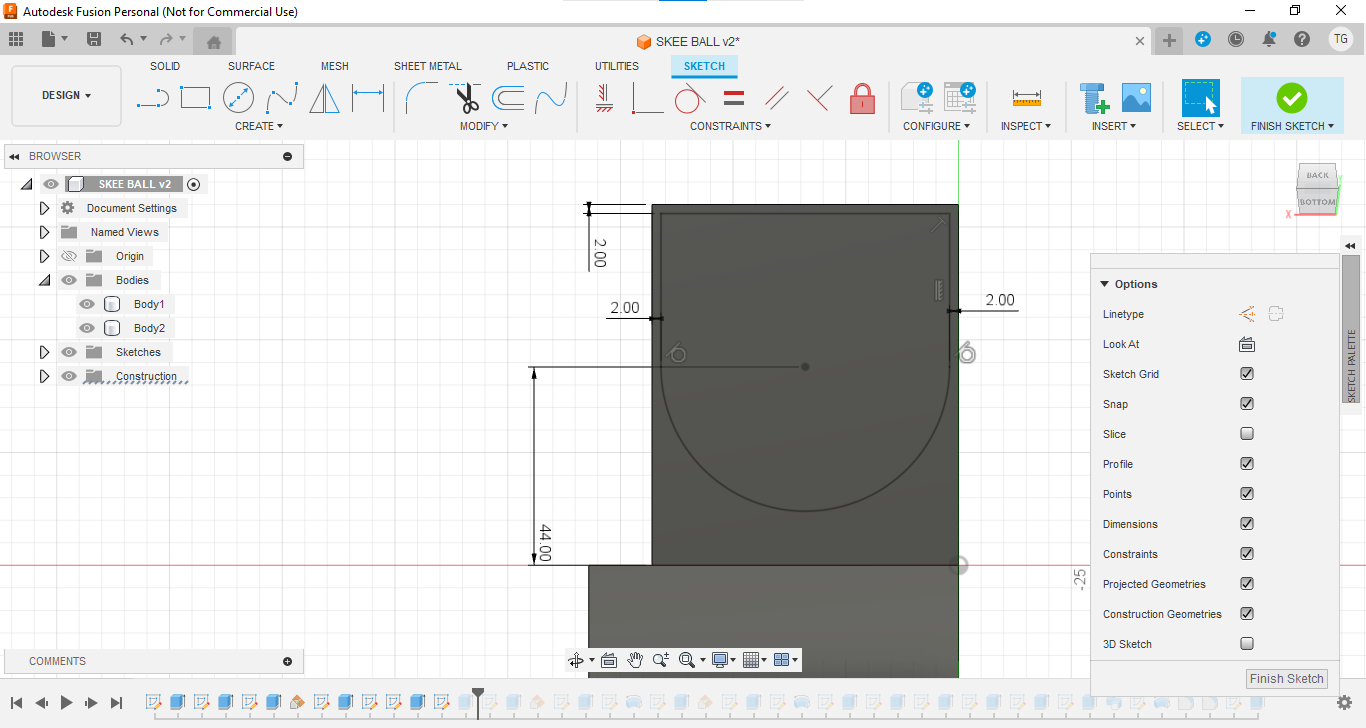
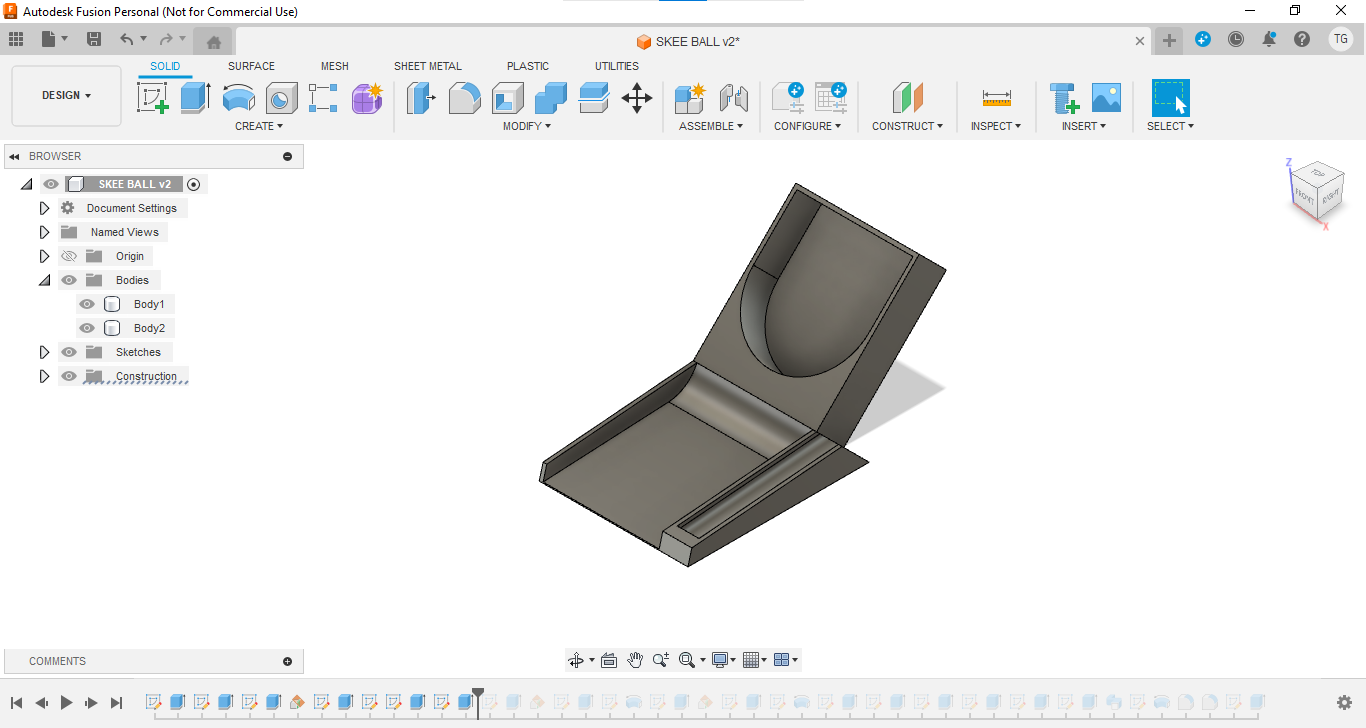
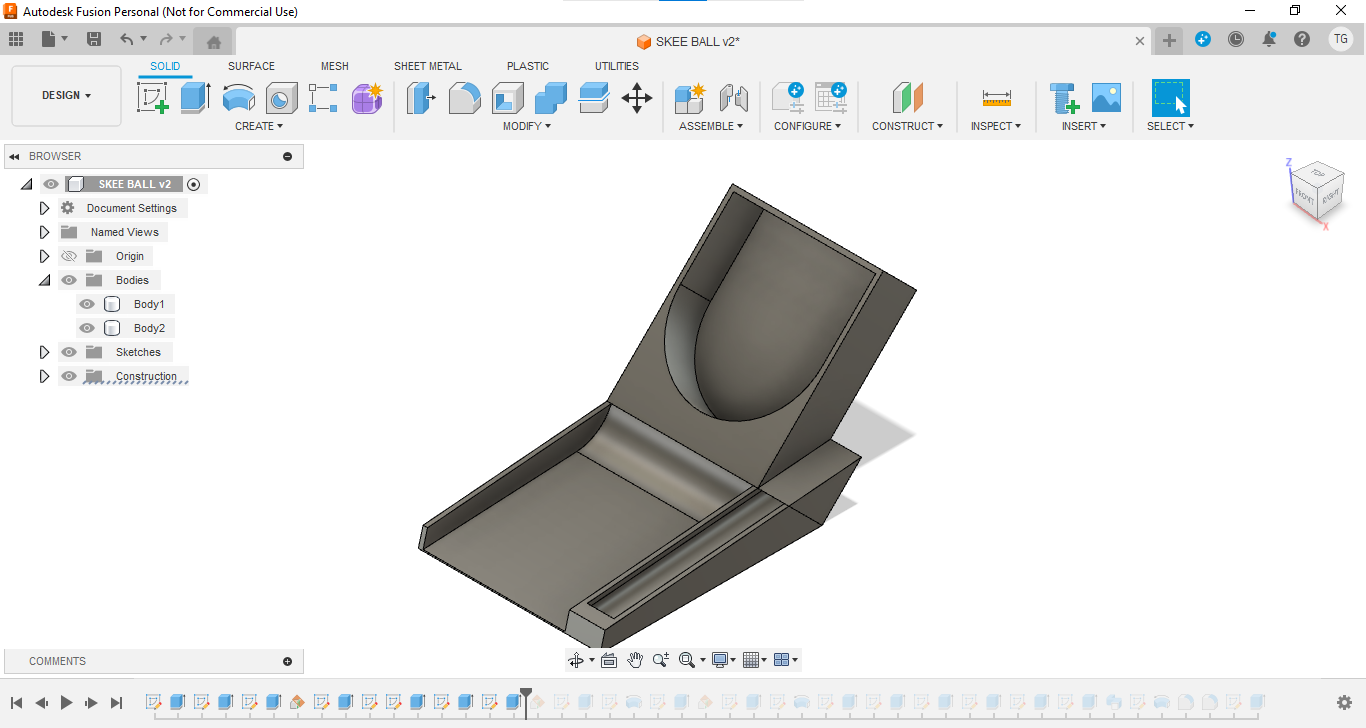
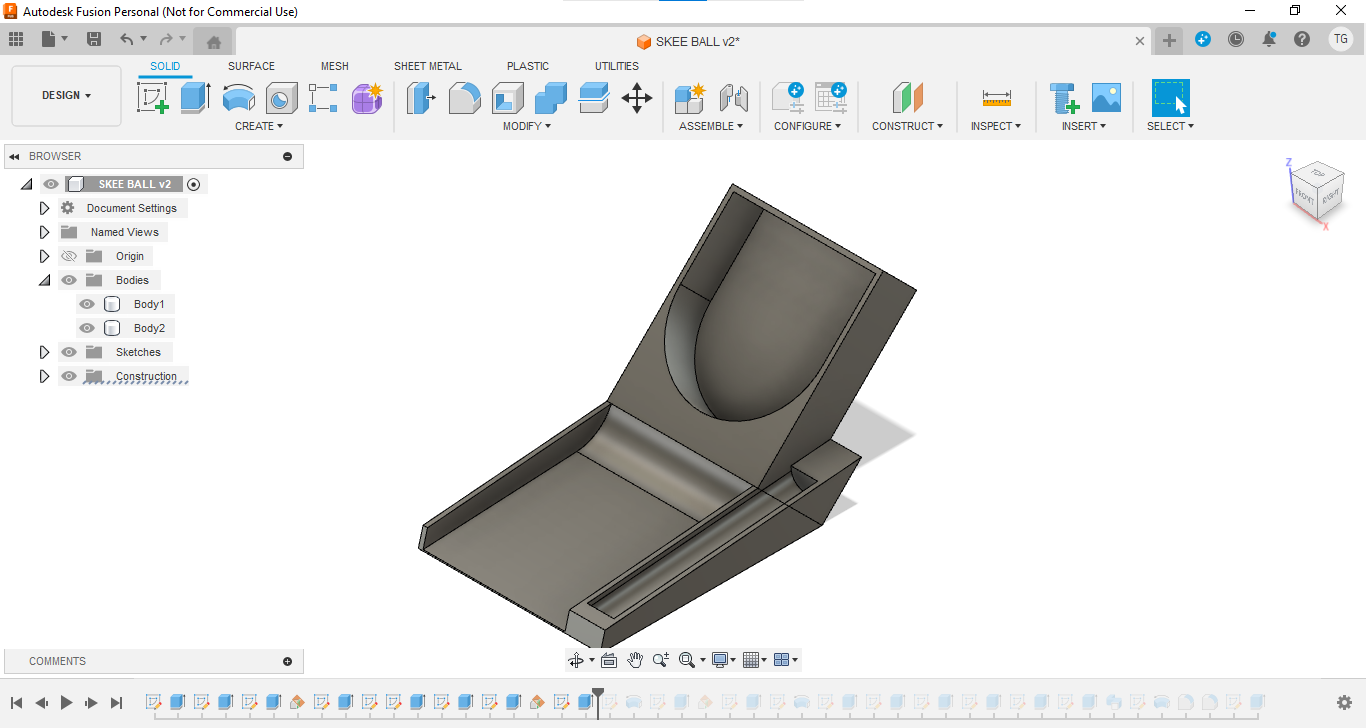
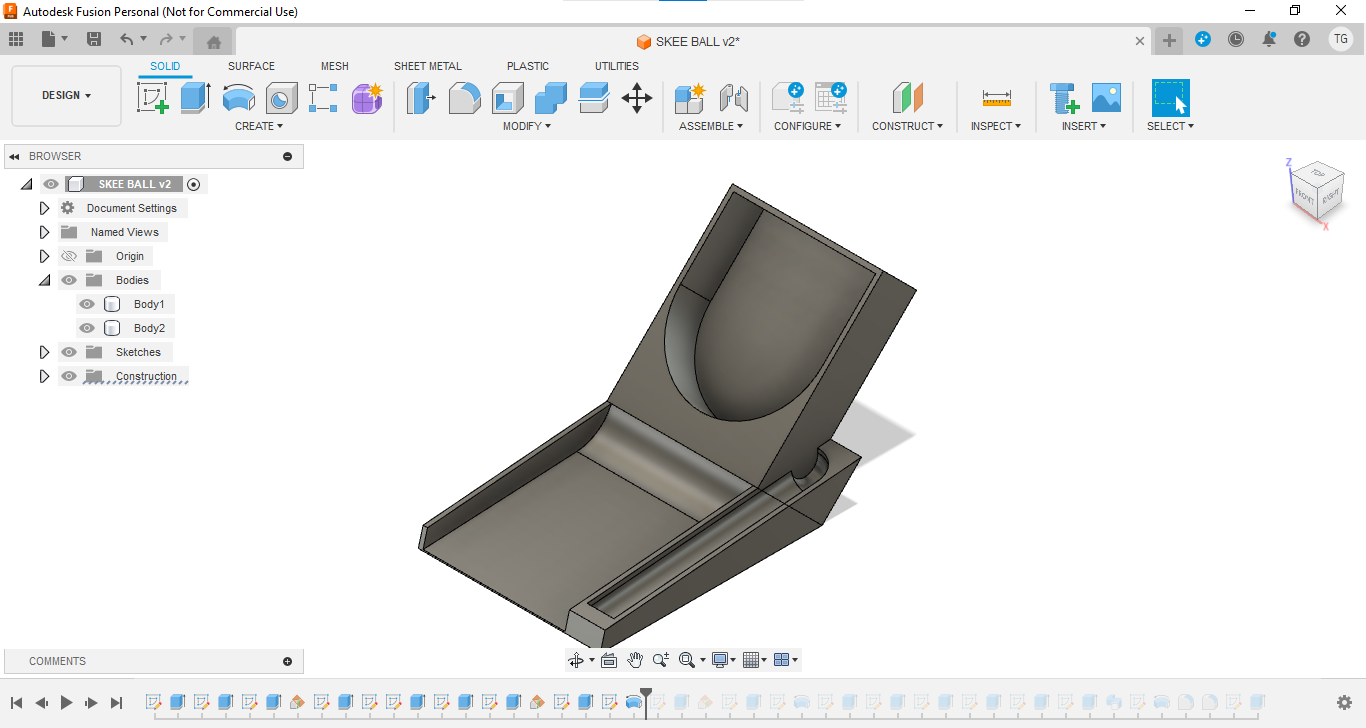
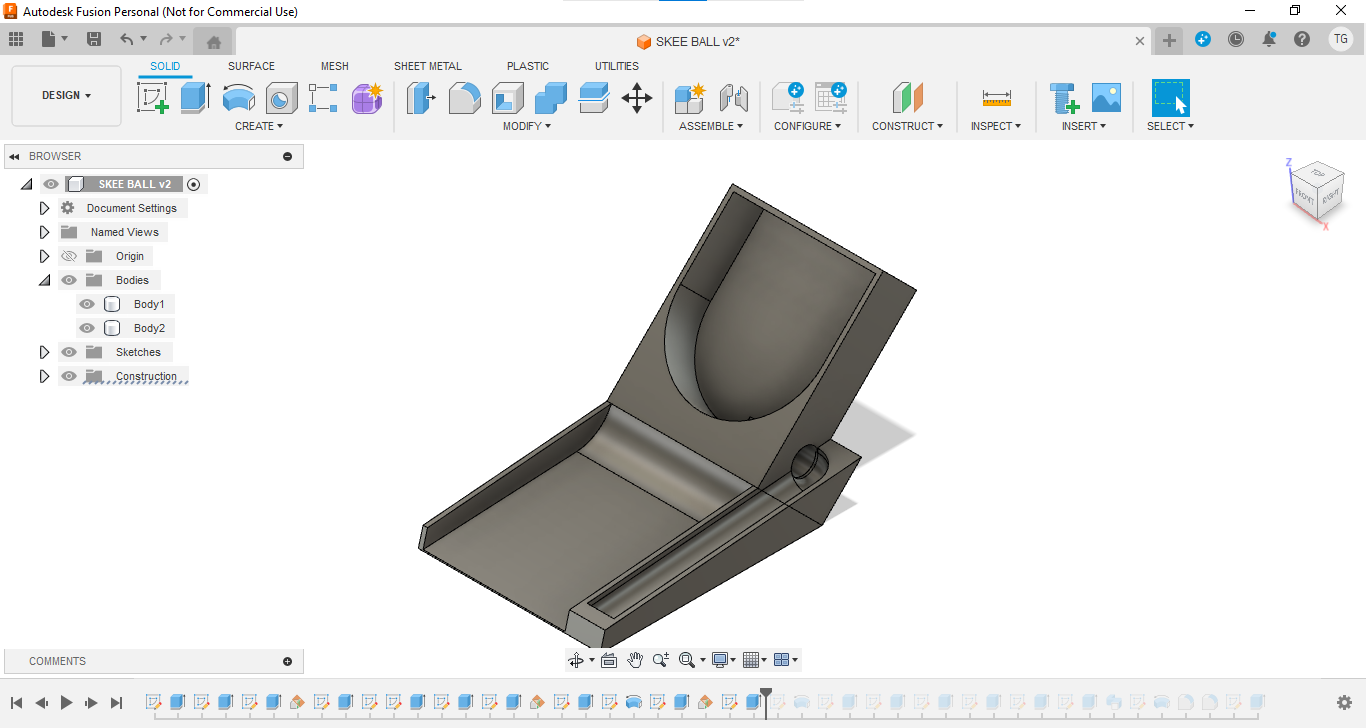
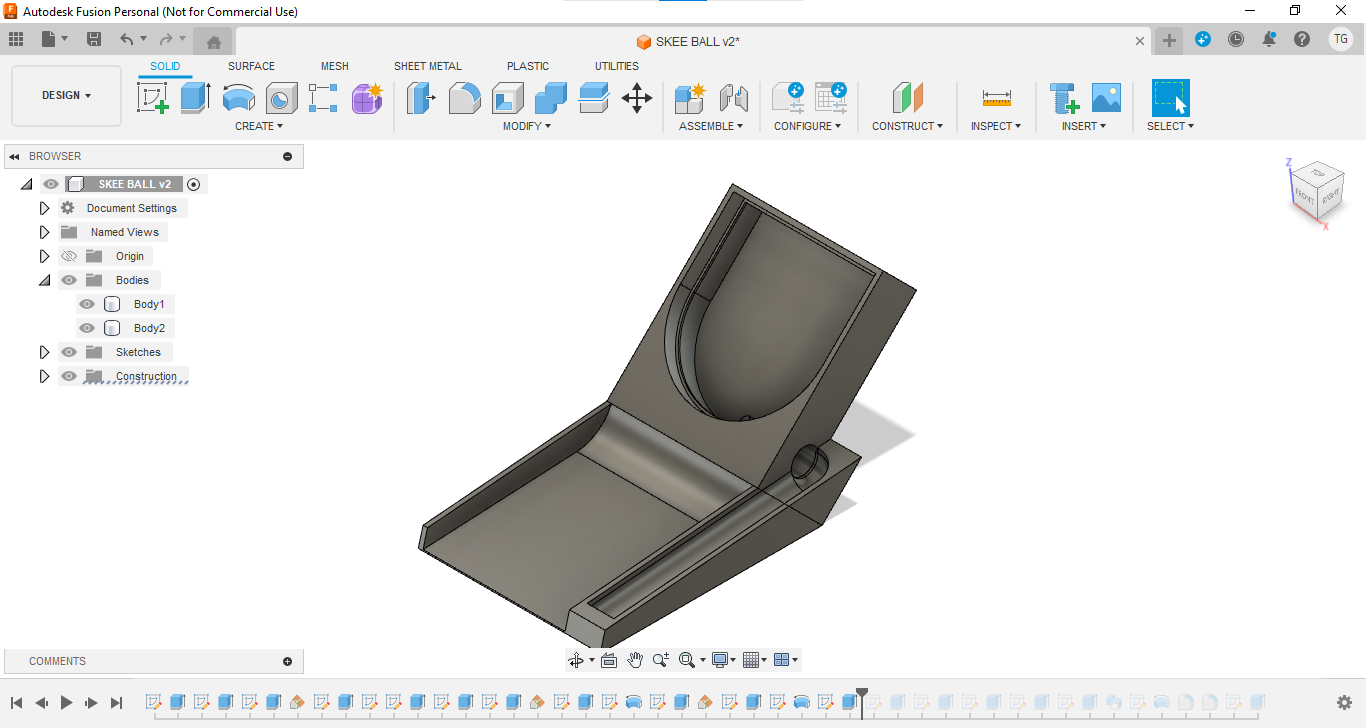
To make the project easier to 3D print, I decided to make it in multiple pieces and then glue them together. To do this, I extruded the top part of the Skee-Ball using the other piece as a reference and selected "new body" so that I could differentiate the two pieces.
Then, I sketched a "U" onto the face I just extruded, which will be used to catch the balls. On the side of the part, I added an extruded triangle that will be used to link the ball ramp with the ball catcher.
The next steps consist of cutting out the ball ramp so that it goes from the middle of the "U" shape all the way to the ramp on the first body. I put a 3-degree incline on my ramp.
The last step is adding a lip on the "U" shape so that we can add a third body which will house the targets.
Fusion 360
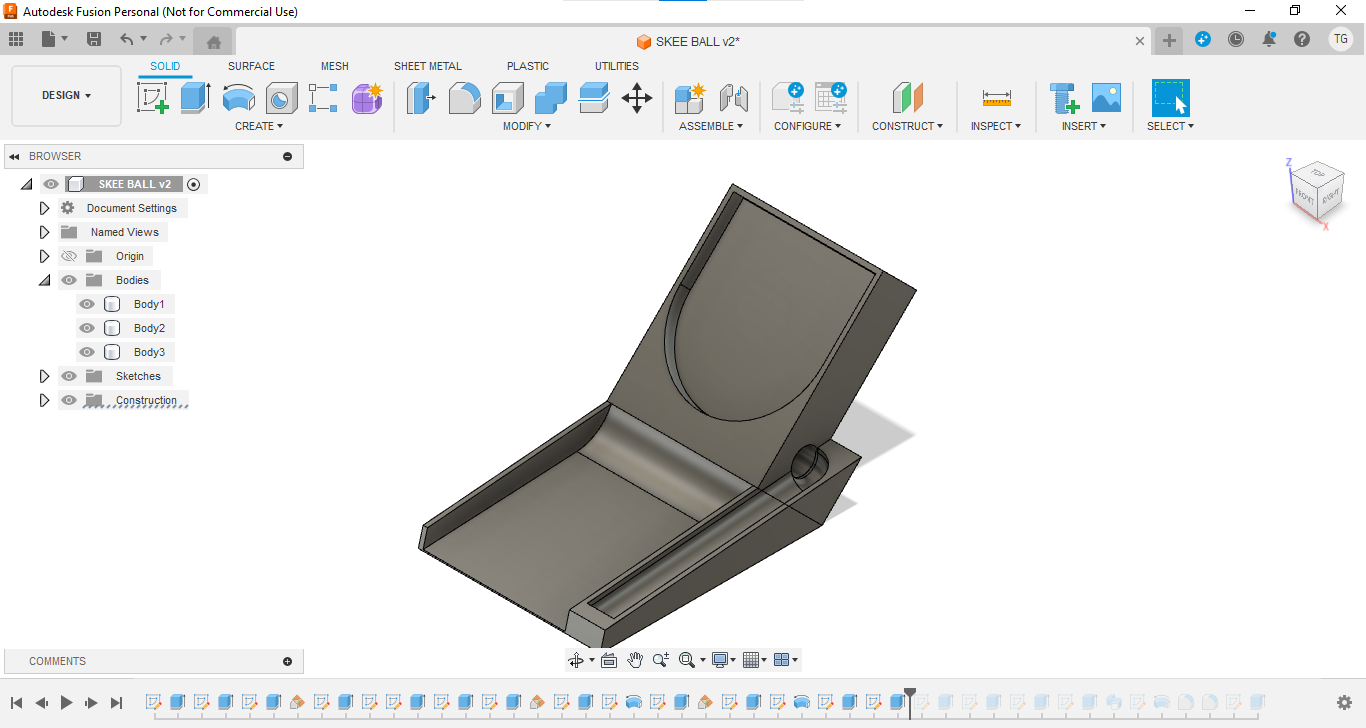
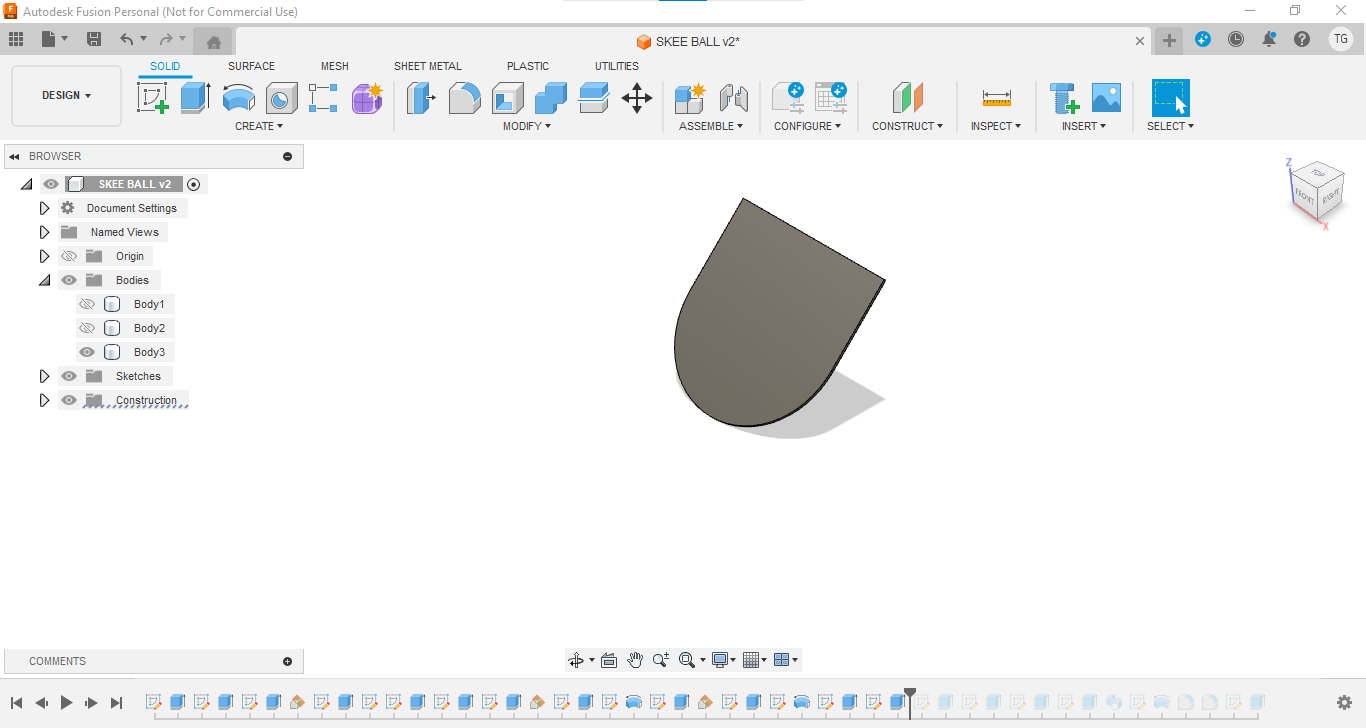
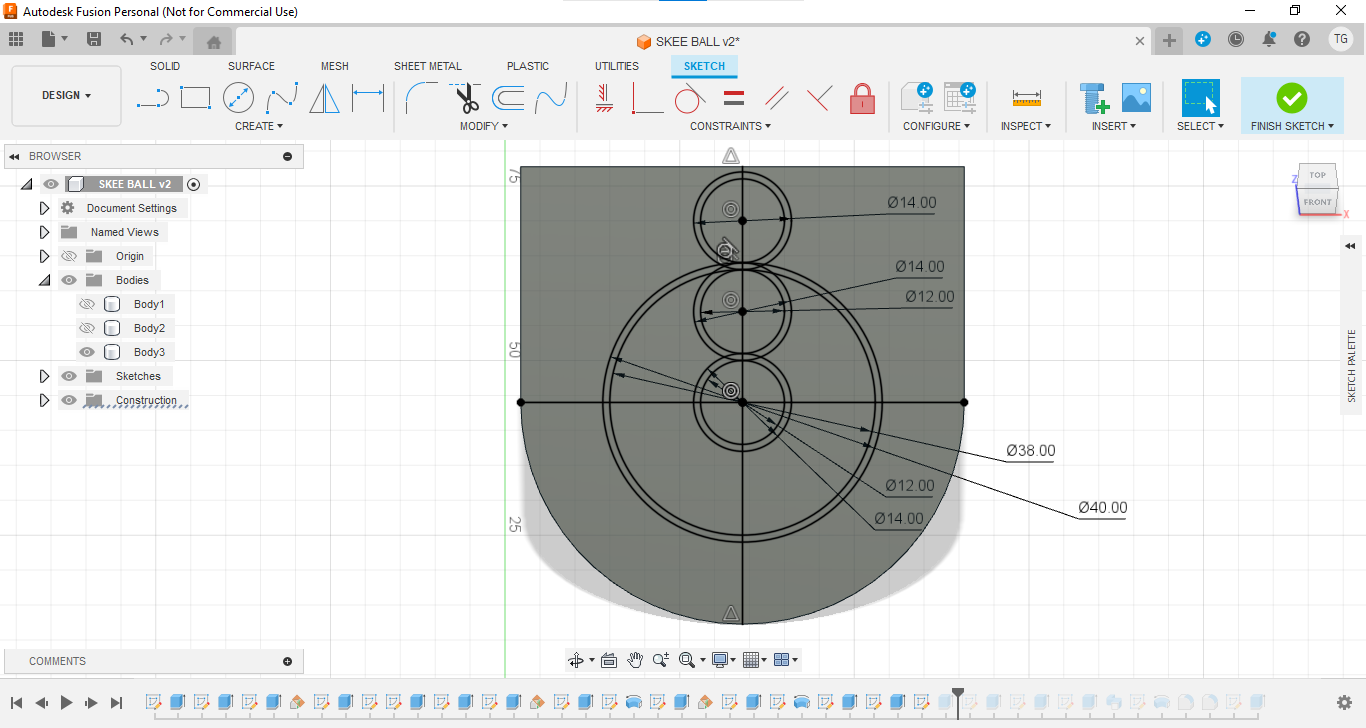
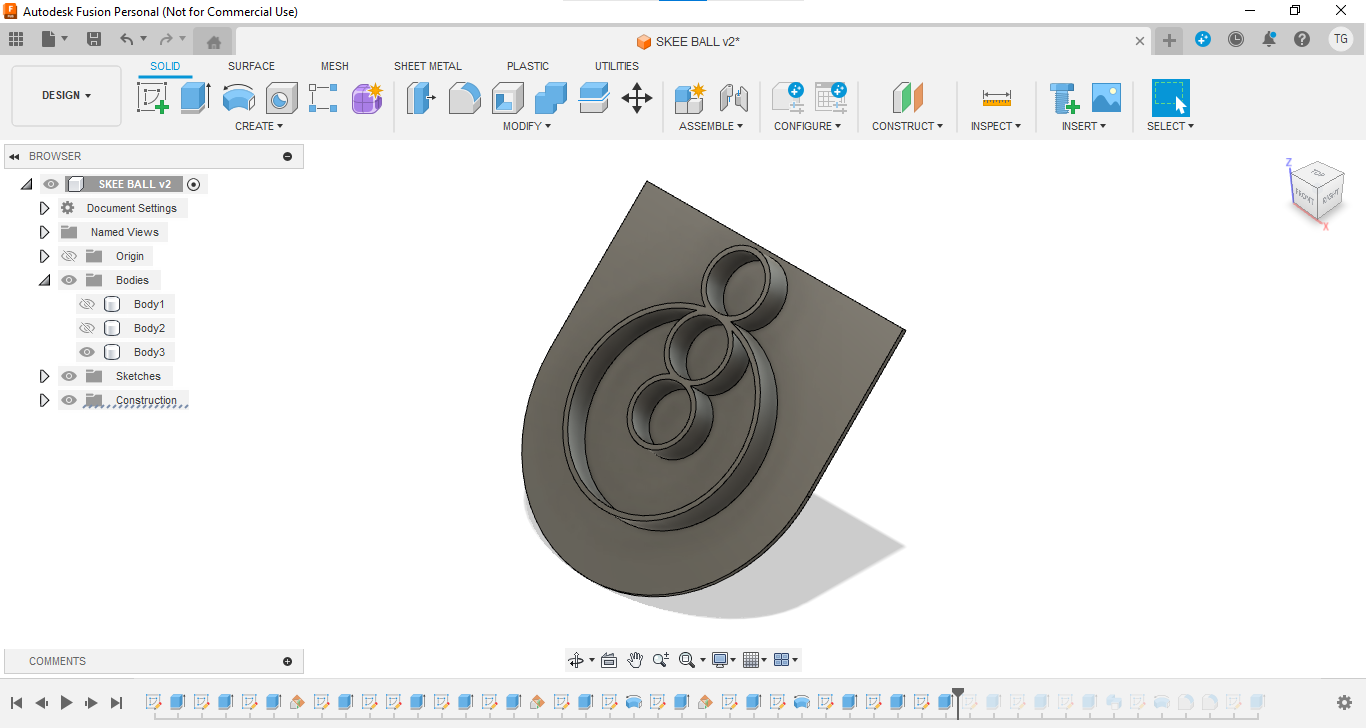
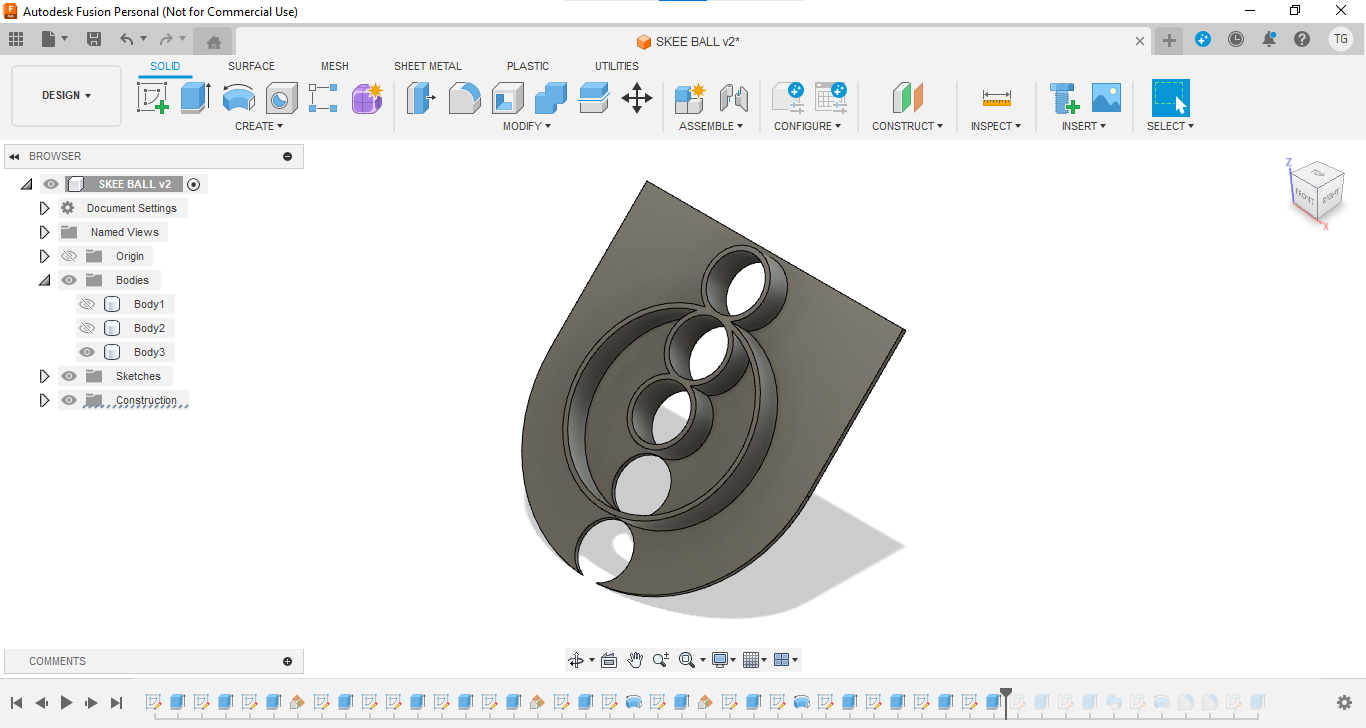
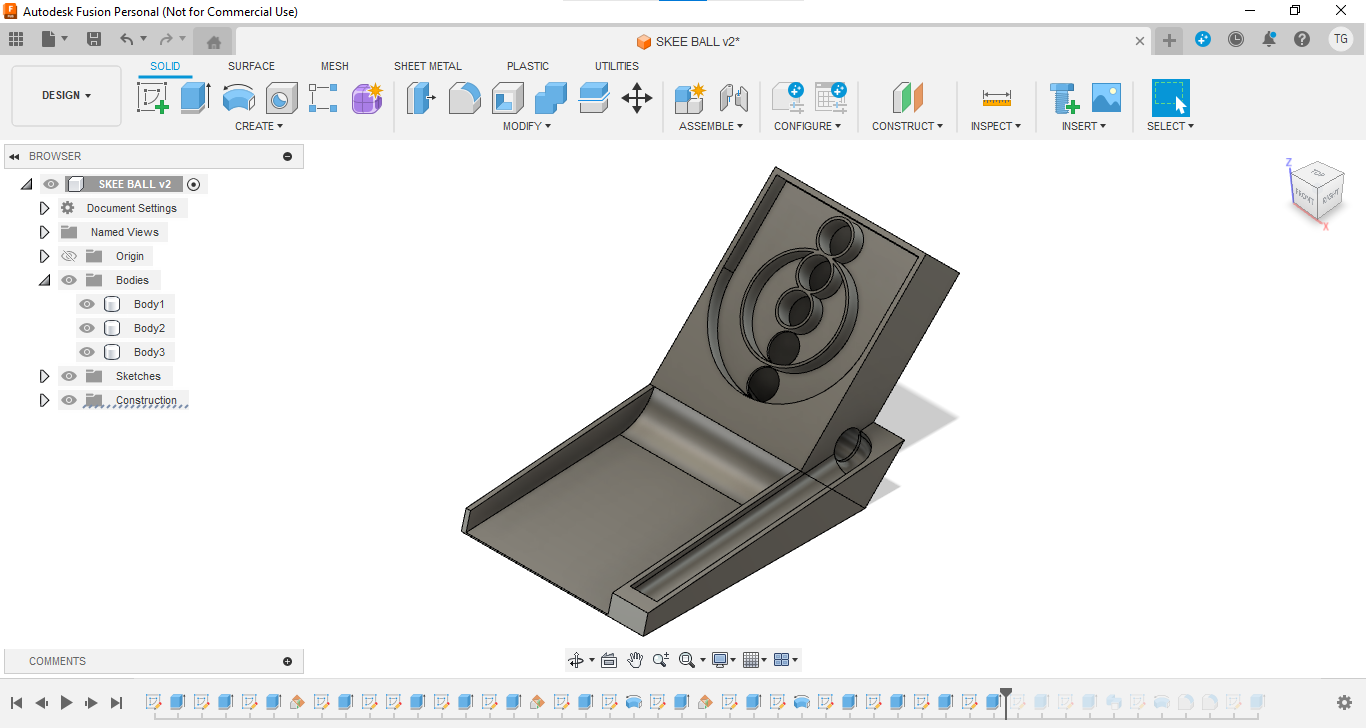
The next step is to add a third body which will be the target. To do this, create your sketch on top of the lip and then extrude the sketch so that you have a thin fish scale shape. It is important to leave a little bit of space between the side of the target and the side of the other part so that you can assemble them easily once you 3D print the Skee-Ball.
Then, draw out the shape of your target. Be creative!
Fusion 360
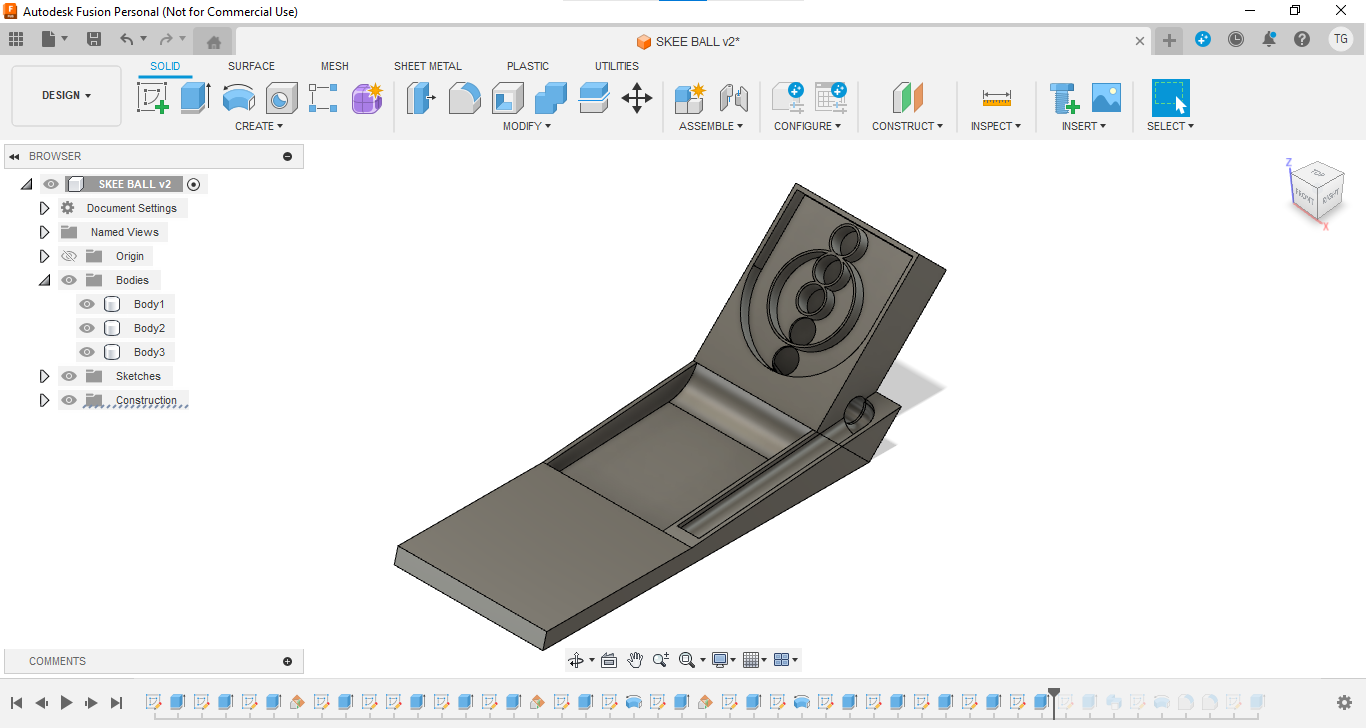
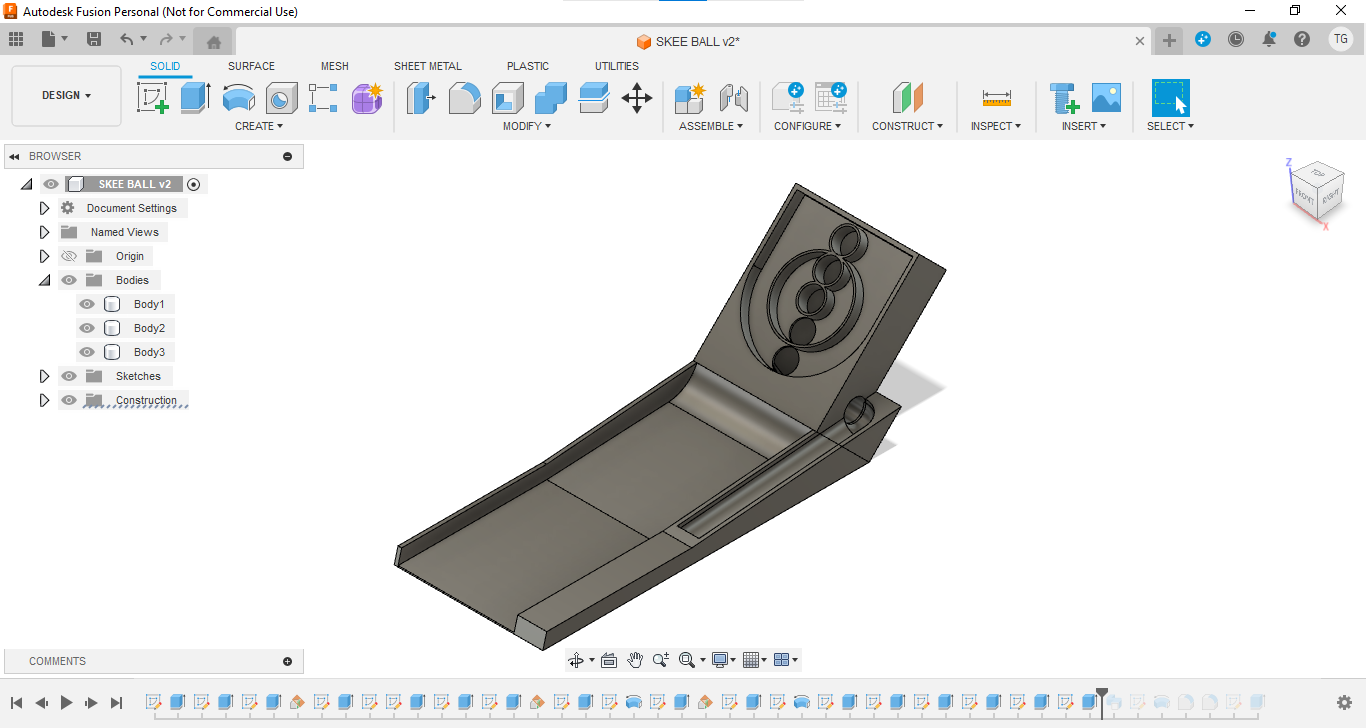
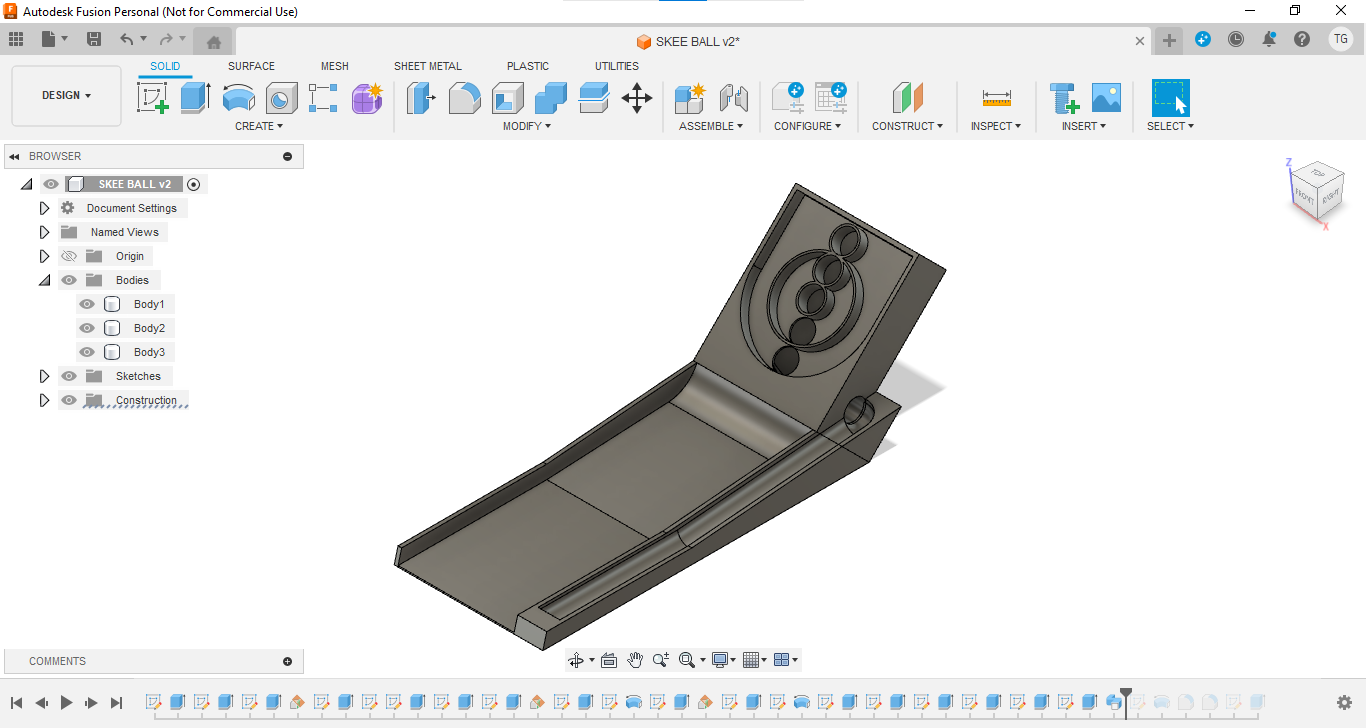
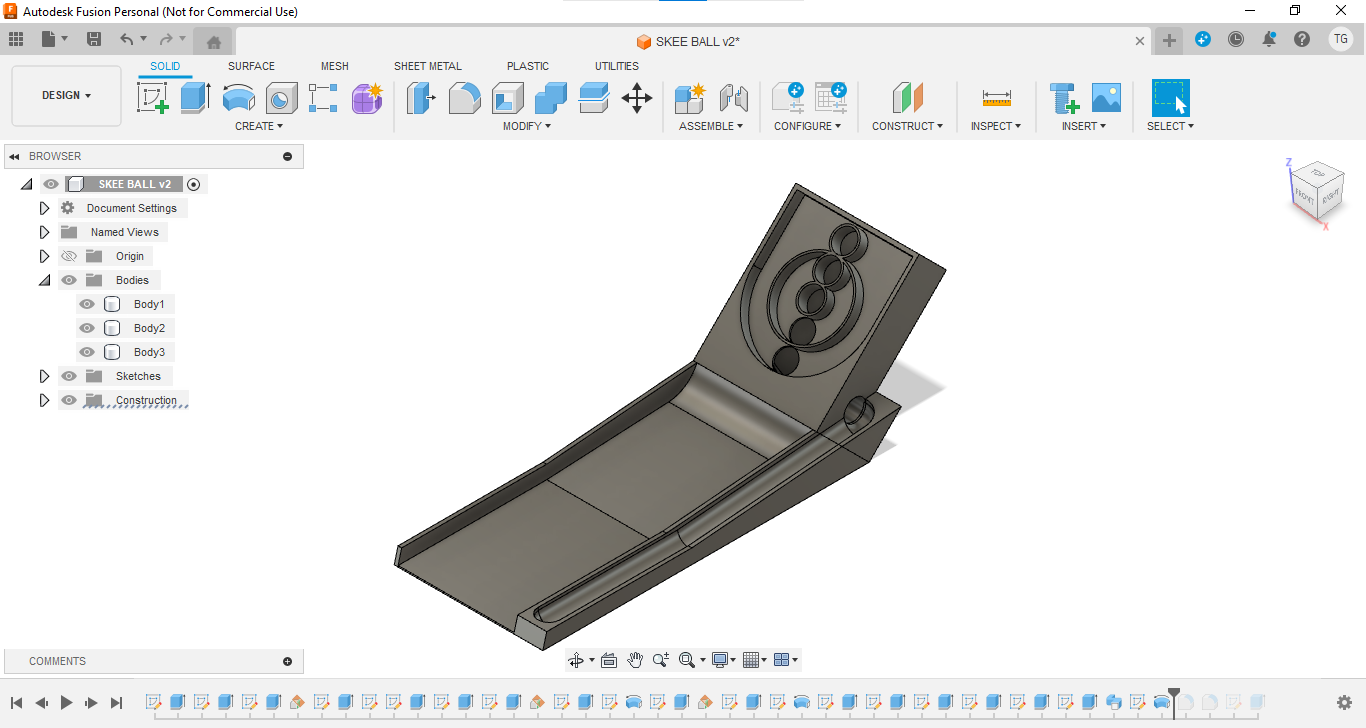
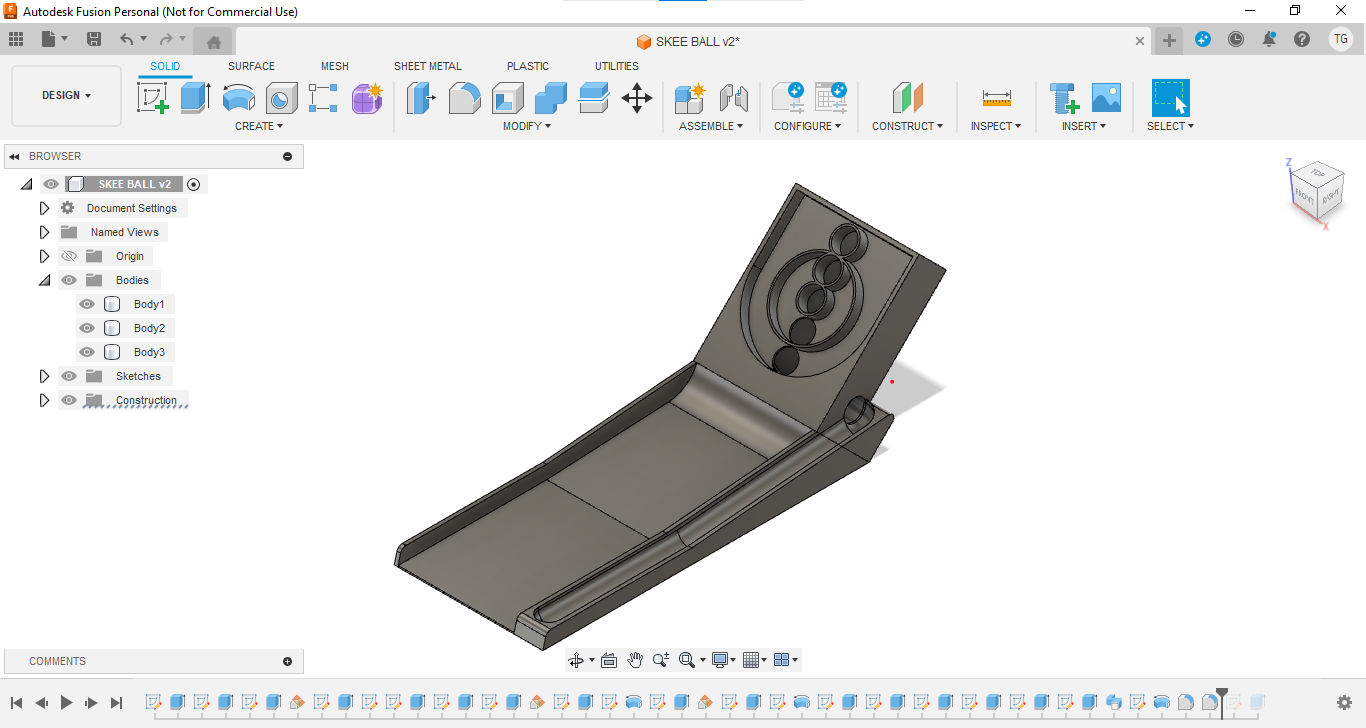
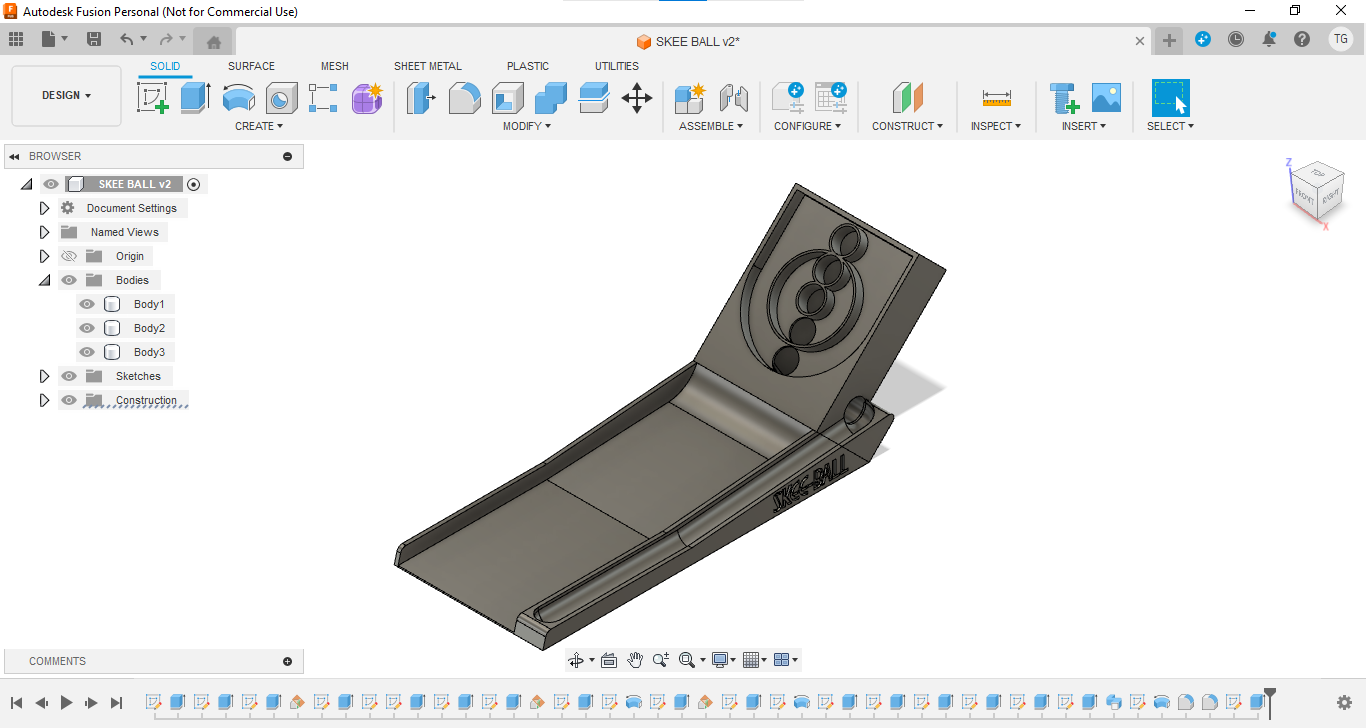
Originally, the Skee-Ball was supposed to be finished in the previous step, but I figured that it would tip over due to the weight on the back. I decided to make the ramp longer to fix this issue. To do this, create a volume in front of the ramp, cut out the ramp and the ball return, and use the sweep function to make your life easier.
Then, use the fillet function to make your Skee-Ball look nice. The final step is to decorate the Skee-Ball and add a logo on both sides!
Fusion 360
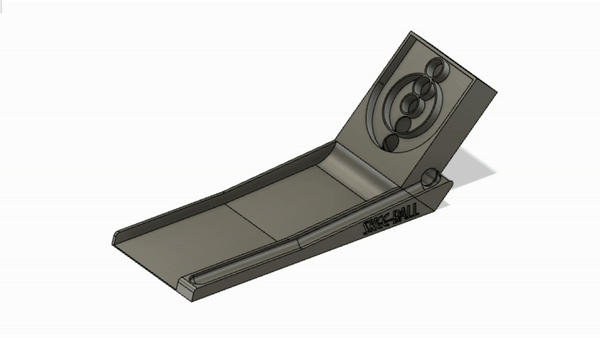.gif)


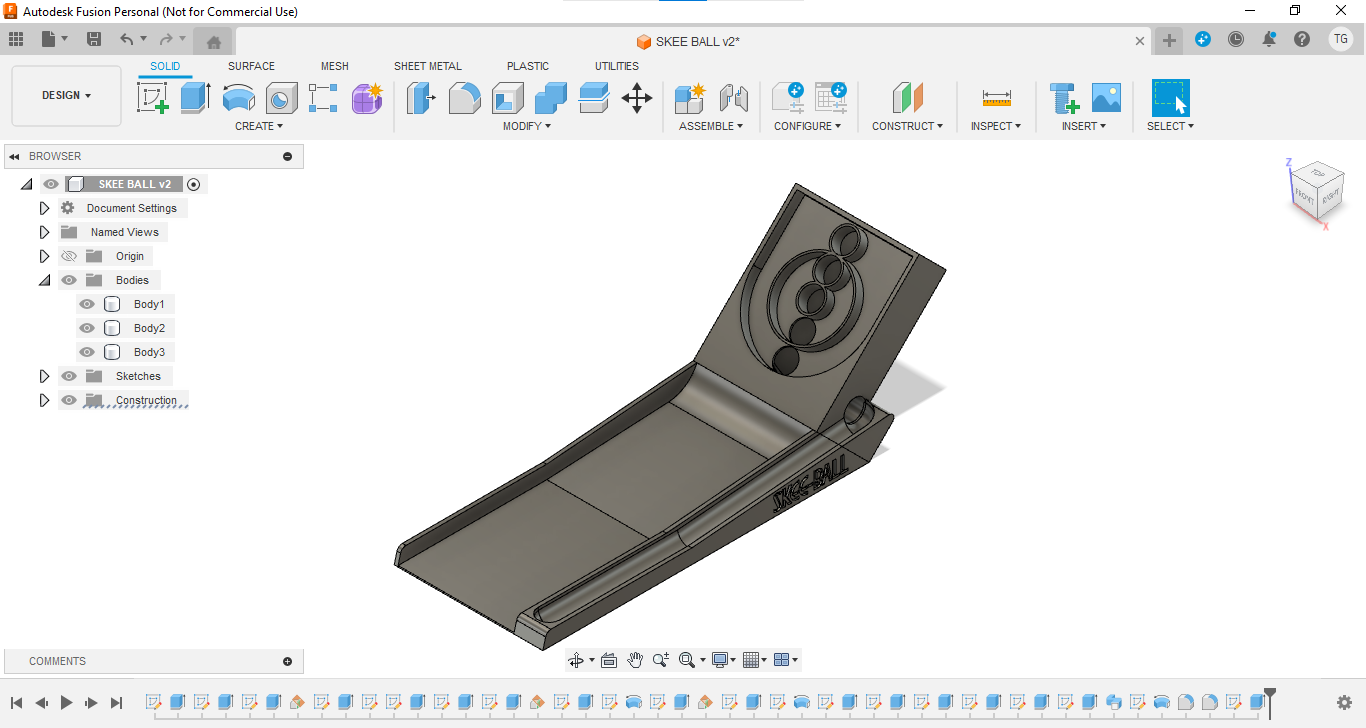
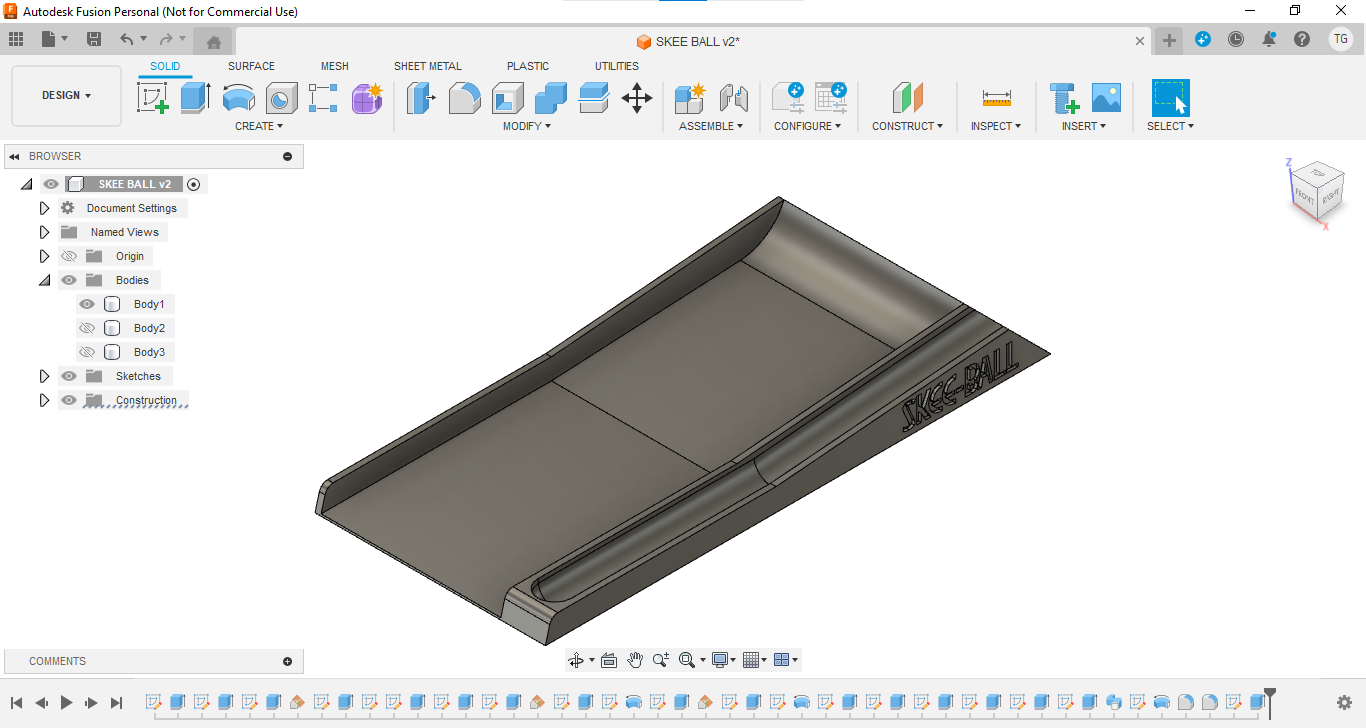
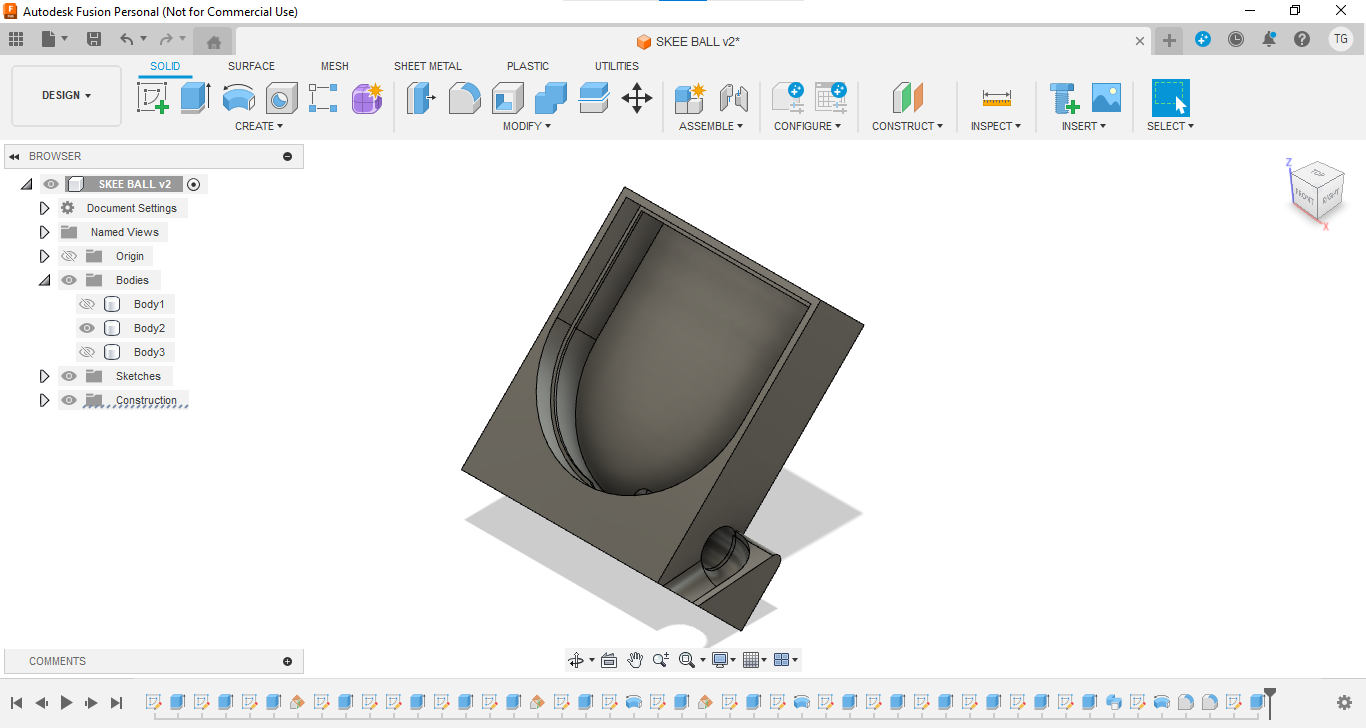
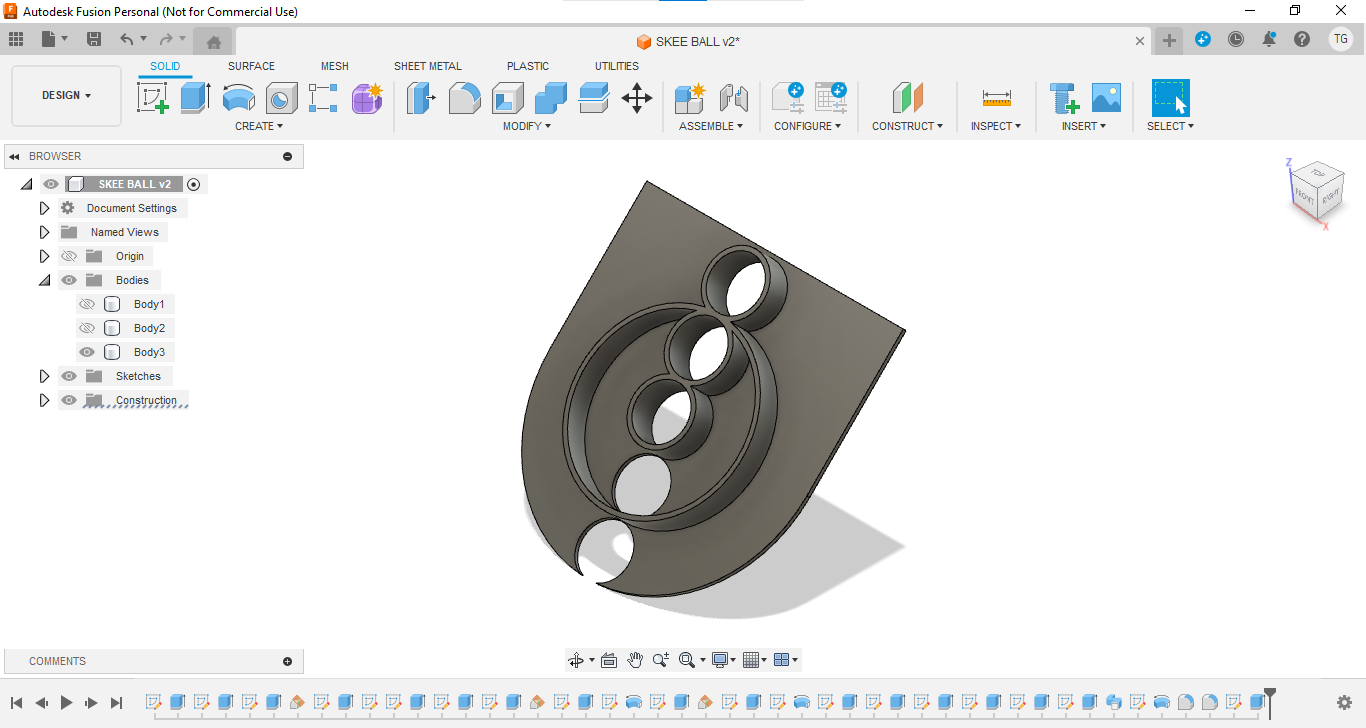
Here we can see the final product and each of the different bodies. I rendered them under fusion 360 so that we could have an idea of what they would look like. All you need to do now is 3D print it !
3D Printing
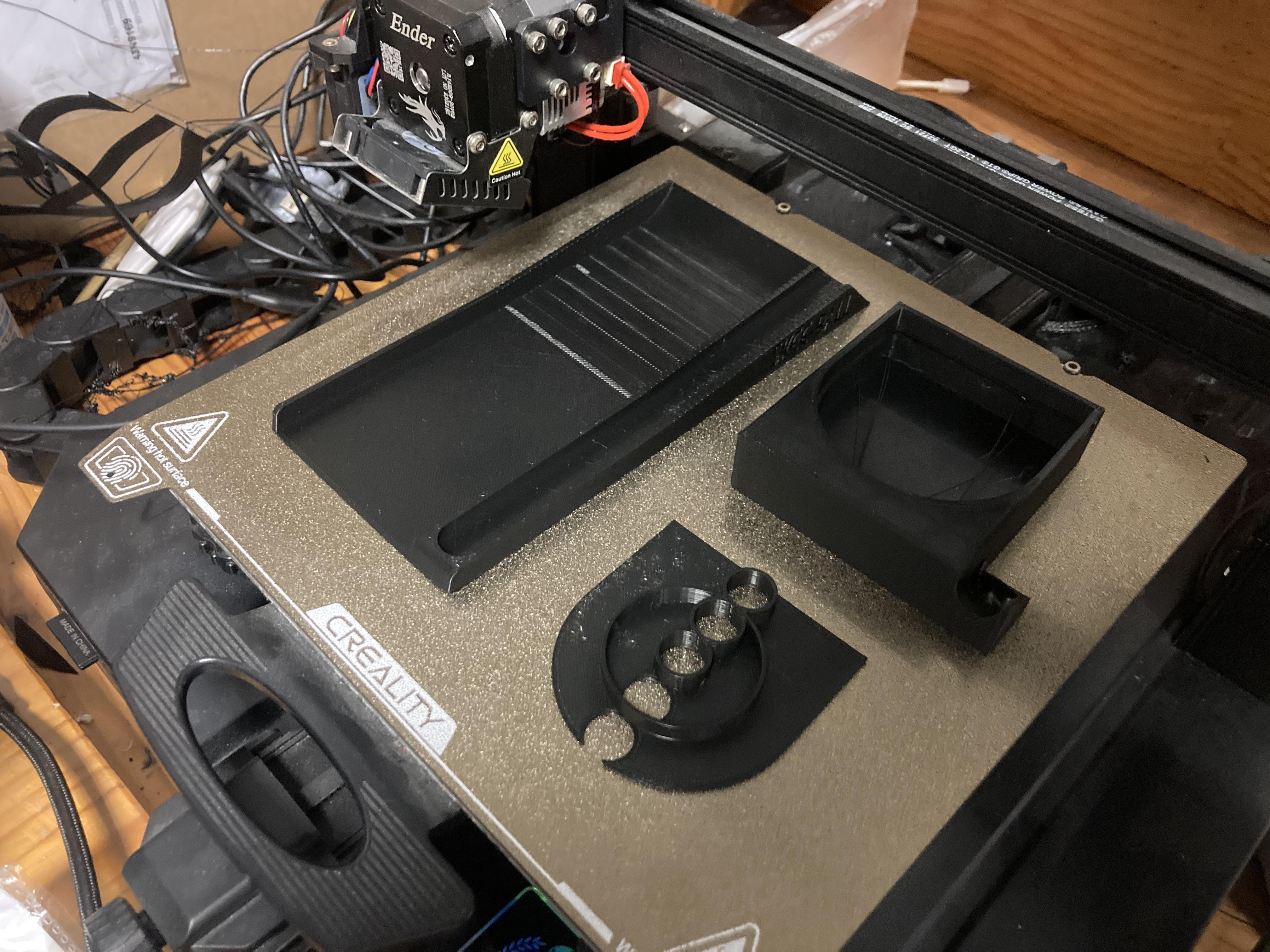
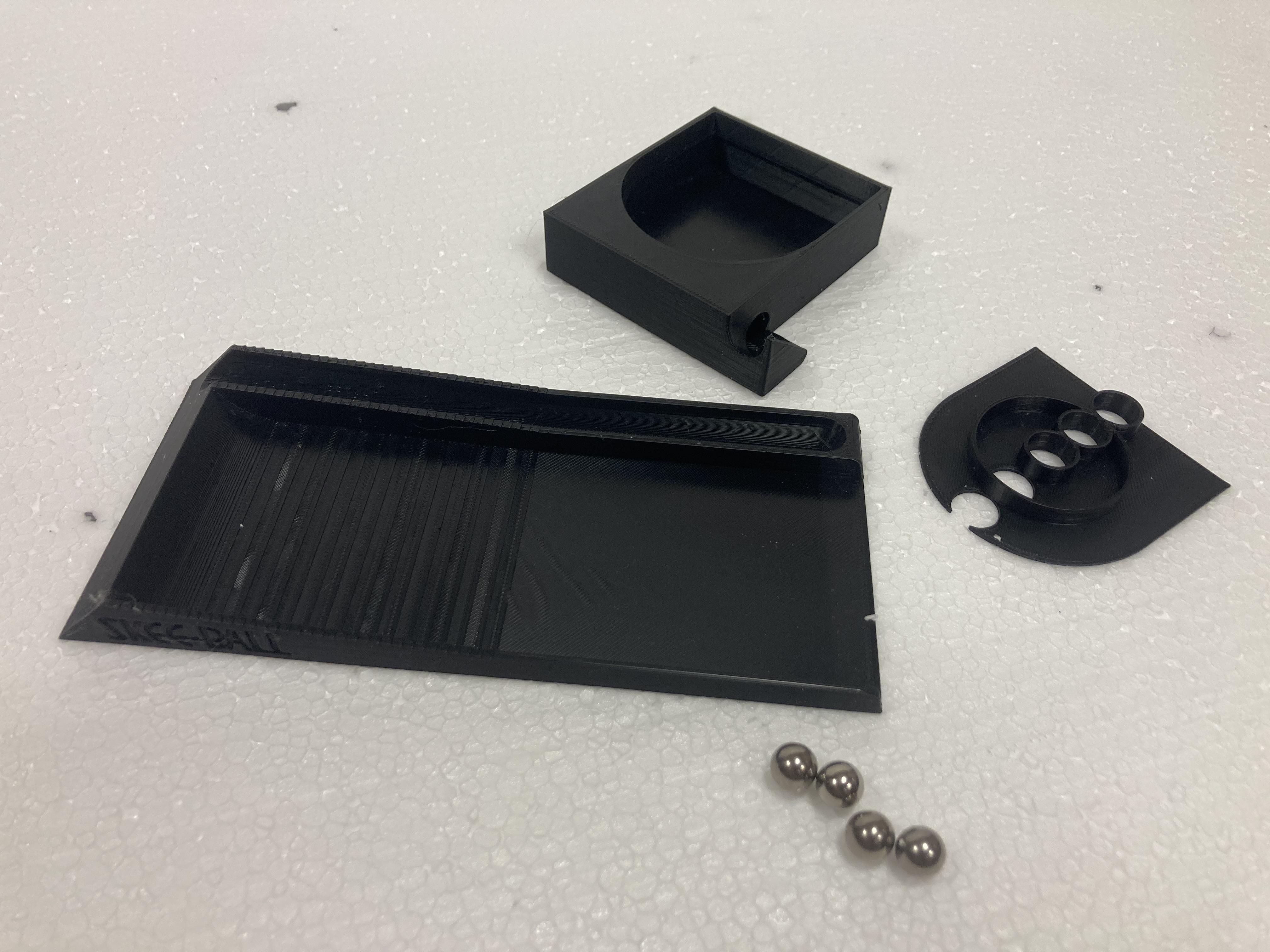
For the 3D printing I used an Creality Ender 3 with PLA filament.
Glue and Ball Bearings
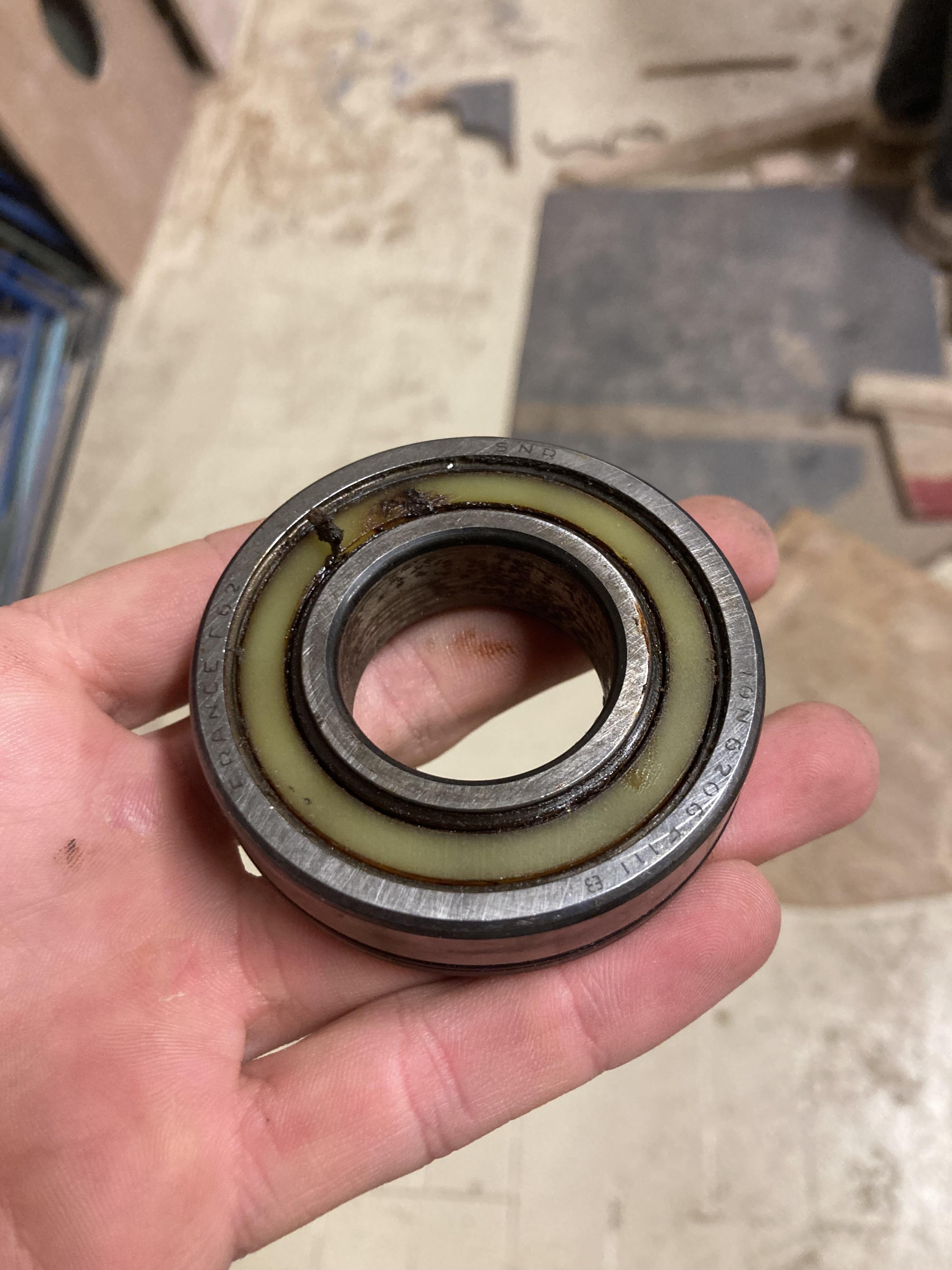
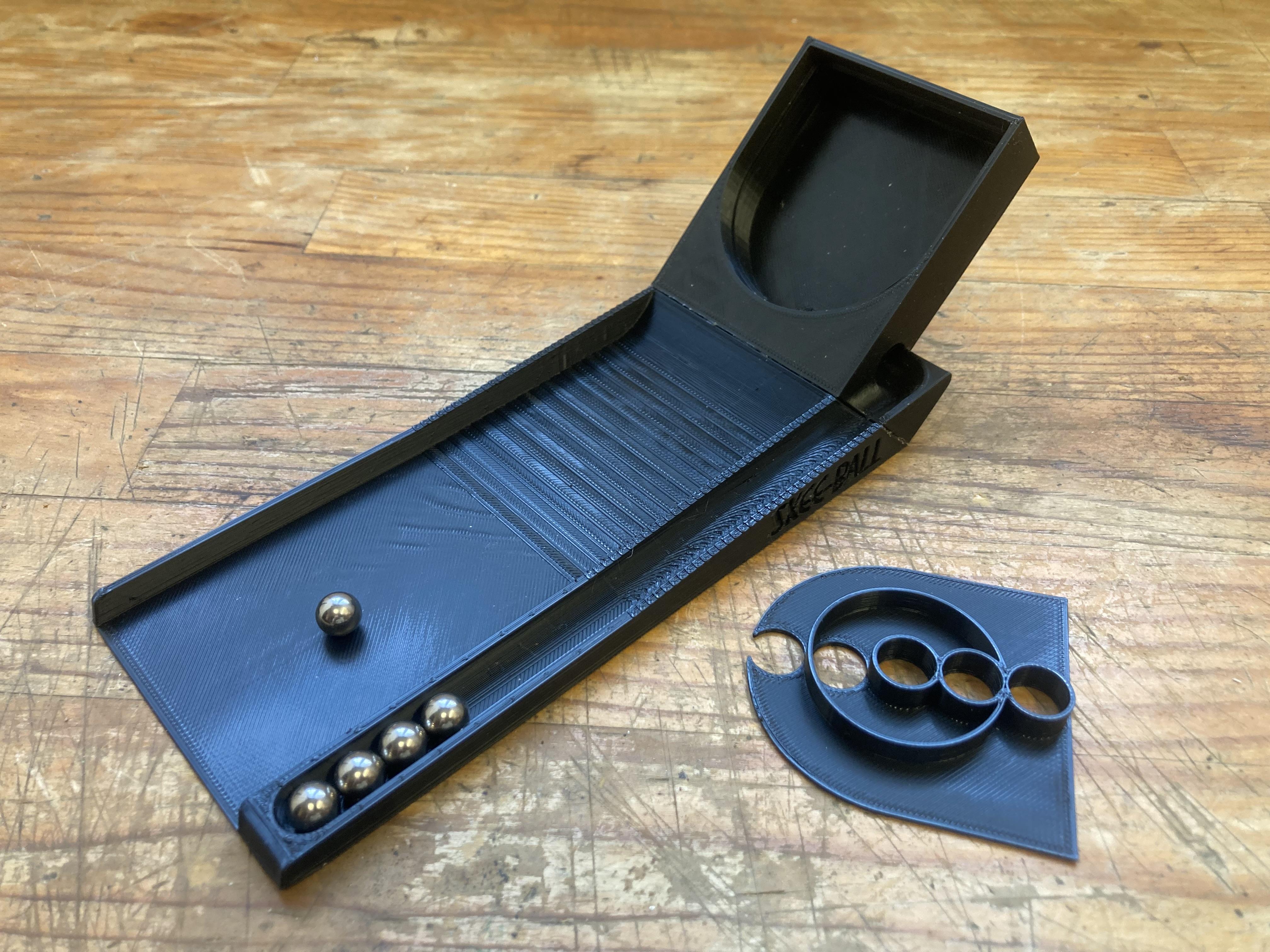
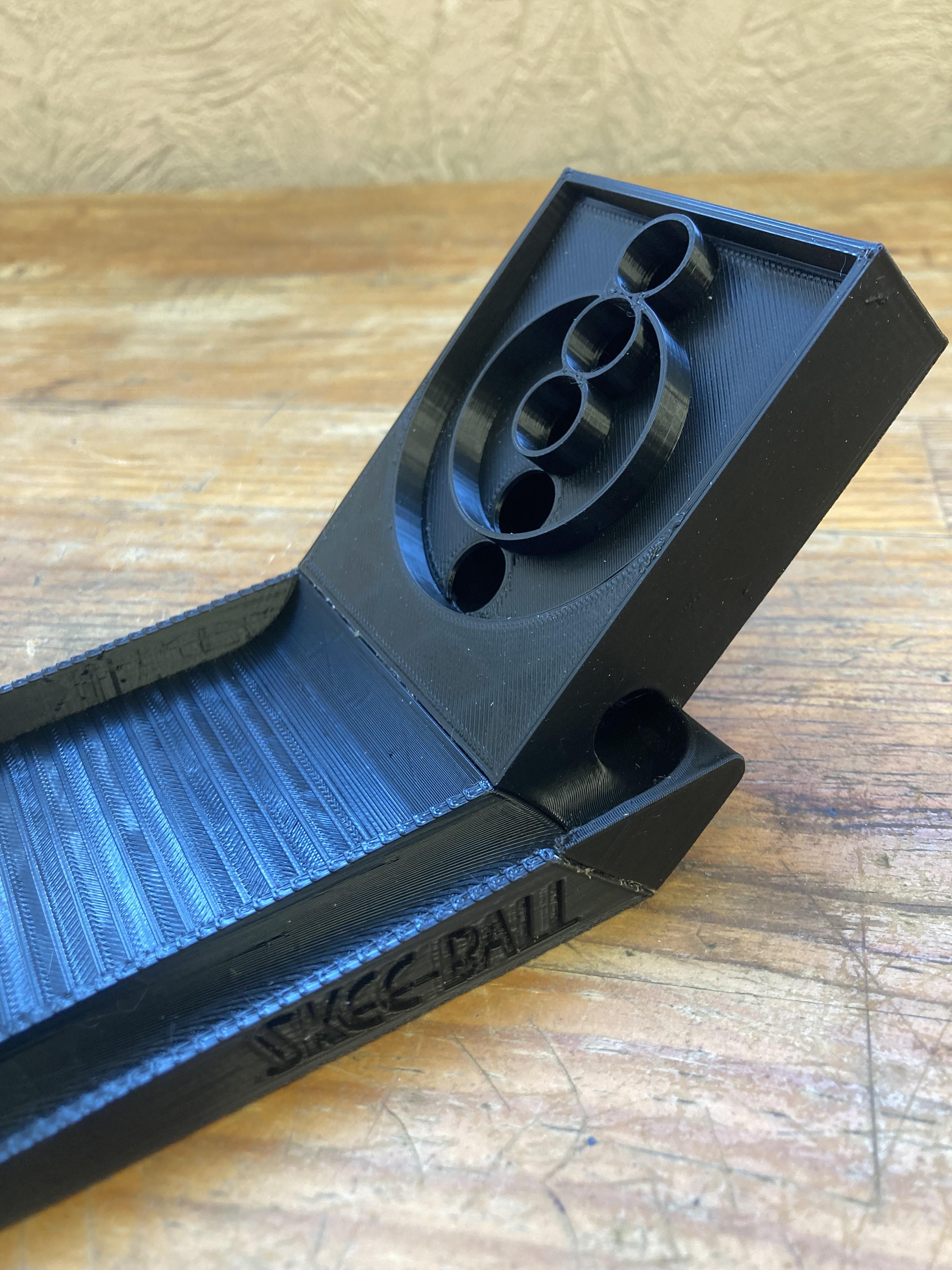
While the part was 3d printing I went out to find a couple steel balls, since I didn't have any laying around and didn't want to go out to buy some, I found an old bearing. Using an angle grinder I cut the bearing open and took out the ball bearings that were about 8mm in diameter, which is perfect for my contraption.
Once the 3D printing is done all you need to do is glue the base with the top part and insert (no glue needed) the target into the top part.
Let the mini Skee-Ball dry and then you have yourself a functional mini Skee-Ball for your desktop!
Conclusion
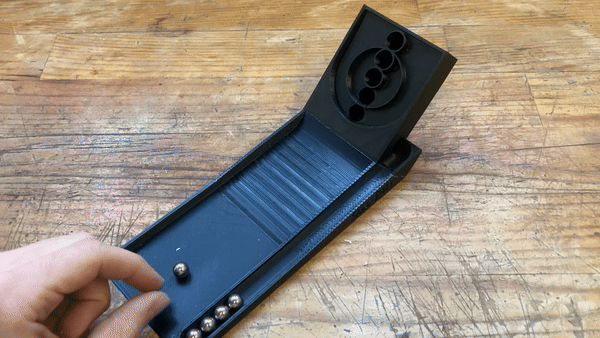
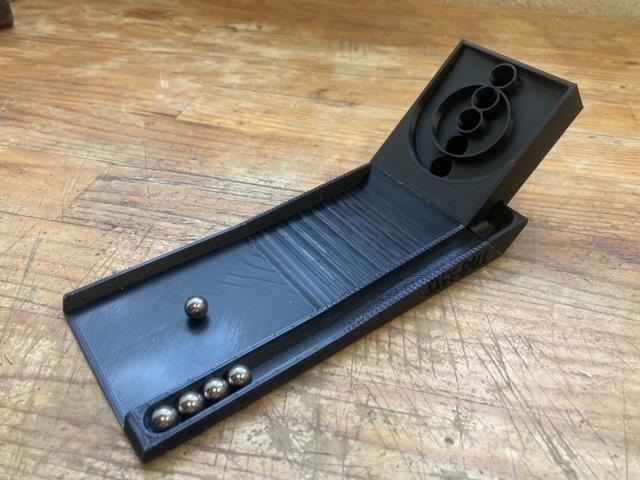
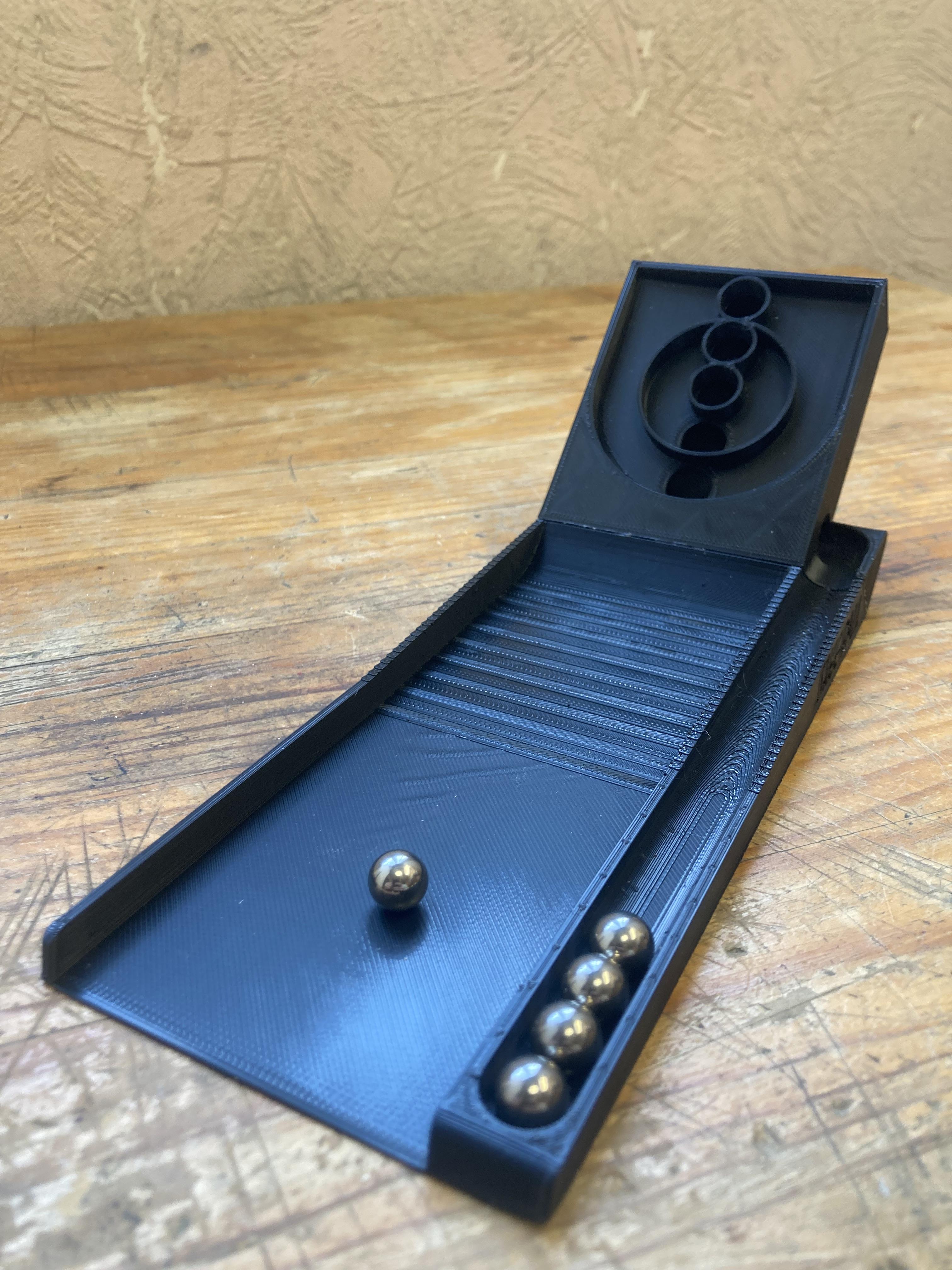
I'm not sure if I was clear enough in explaining the steps, but I think the photos will help. Also if you have any questions please don't hesitate to ask. Suggestions and corrections are appreciated. I hope you enjoyed making this Desktop Skee-Ball !